Homologation Heroes: Let us Revel in Their Glory
Homologation cars represent a fascinating chapter in the automotive world. A side effect of motorsport regulations, they’re the rebellious offspring of racing ambitions and road-going necessity, where manufacturers blurred the lines between road and track. And thank goodness they did! Because it has gifted us some of the greatest cars ever made.

This week on the Apex, we’ve rounded up our favourite homologation heroes. From the turbocharged legends of Group B rallying to the precision-engineered road versions that mirrored their racing counterparts, these cars were revolutionaries, flipping the bird at convention. Let us revel in their glory.
Written by Archie Hill for The Apex by Custodian. Edited & produced by Archie Hill & Charles Clegg.
Ford Sierra RS500 Cosworth

First up, we've got the Ford Sierra RS500 Cosworth. A car that emerged during the Group A era of touring cars in the late 80’s. The RS500 was a beefed up version of the already mightily successful RS Cosworth, and benefited from aero tweaks and a bigger turbo. The RS500 also had a set of dormant injectors, which when activated on the race cars, allowed the car to consume more fuel and therefore produce more power (in some cases they were putting out over 500bhp). Ford really pushed the homologation rules to their limits!
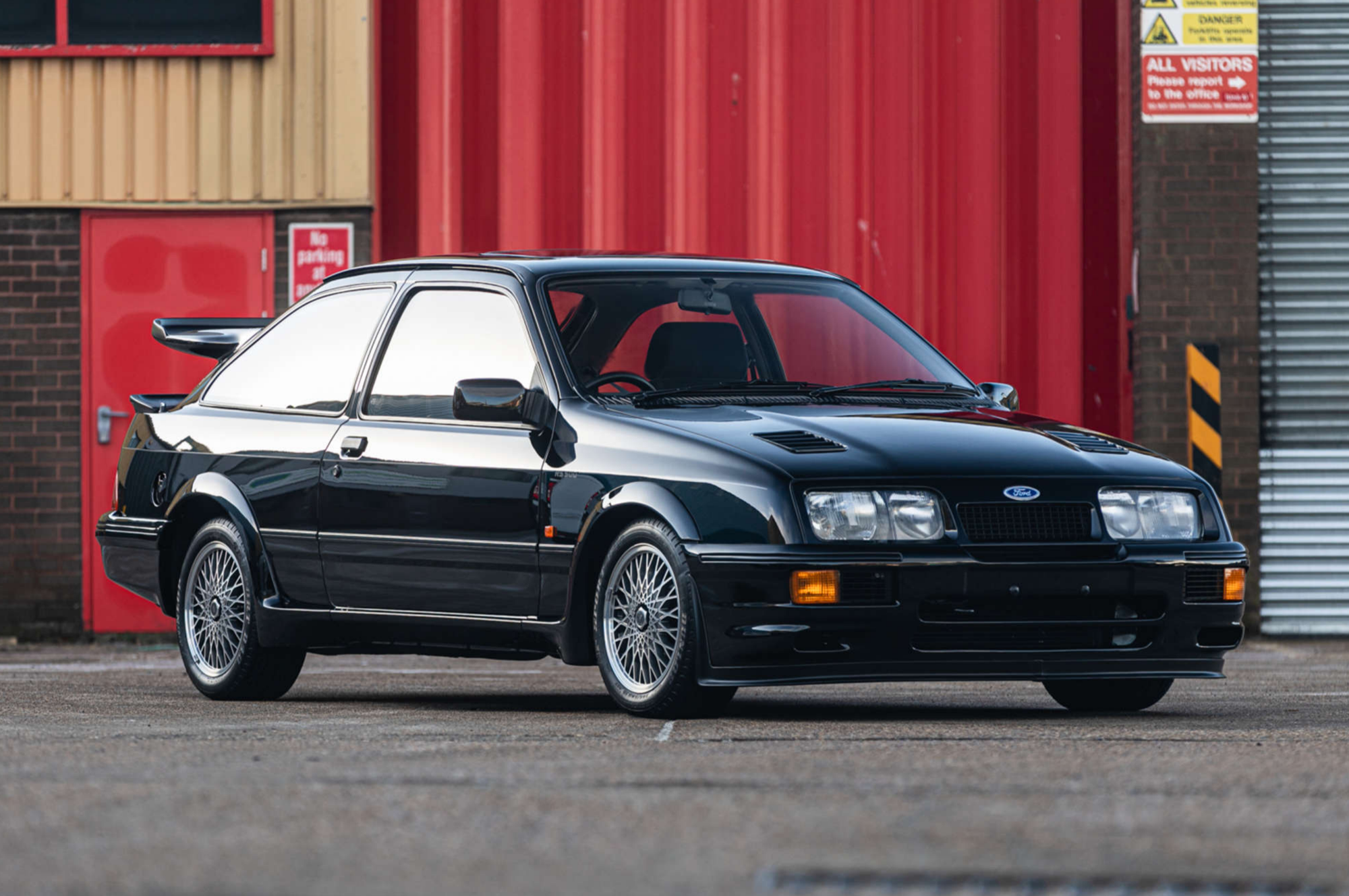
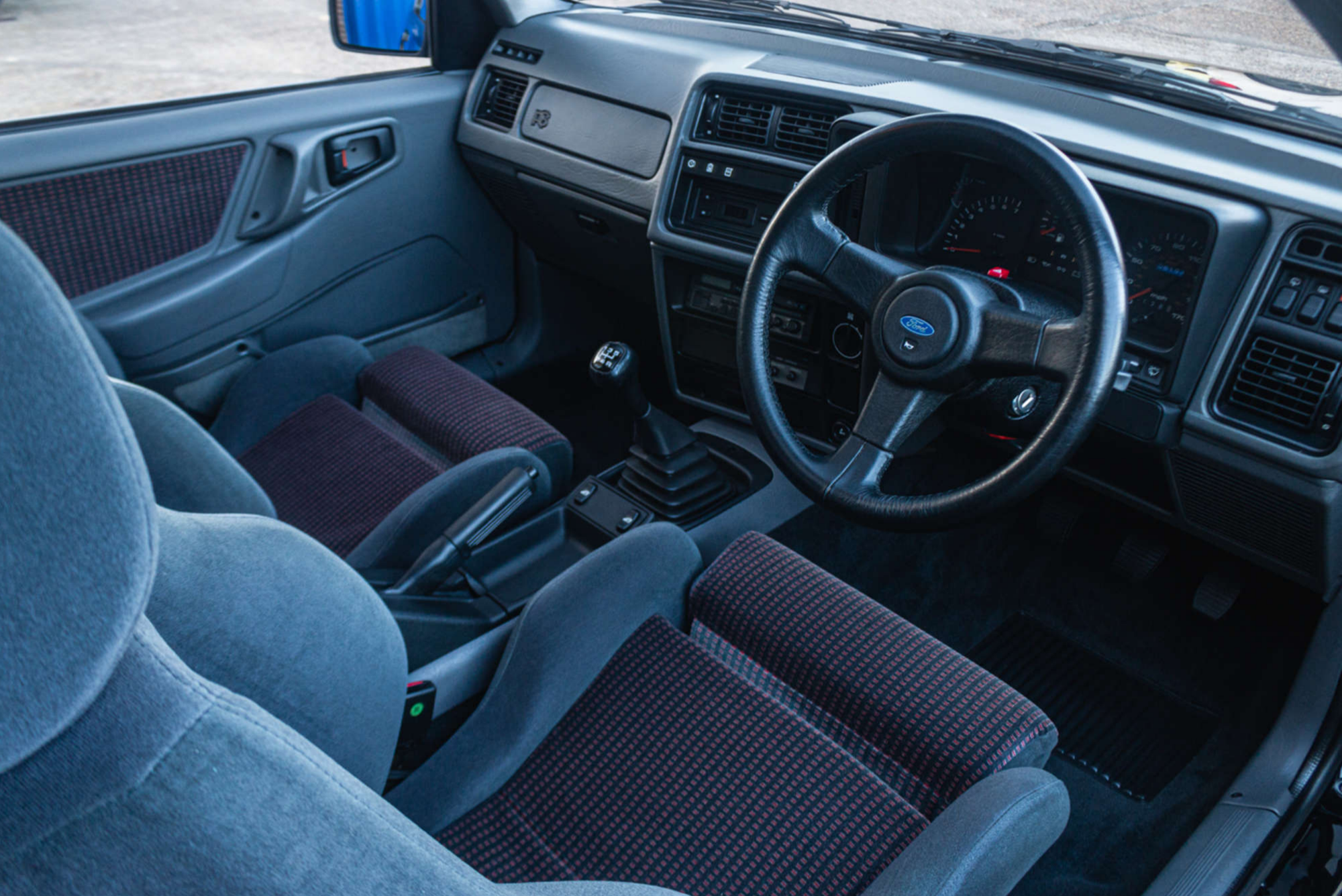
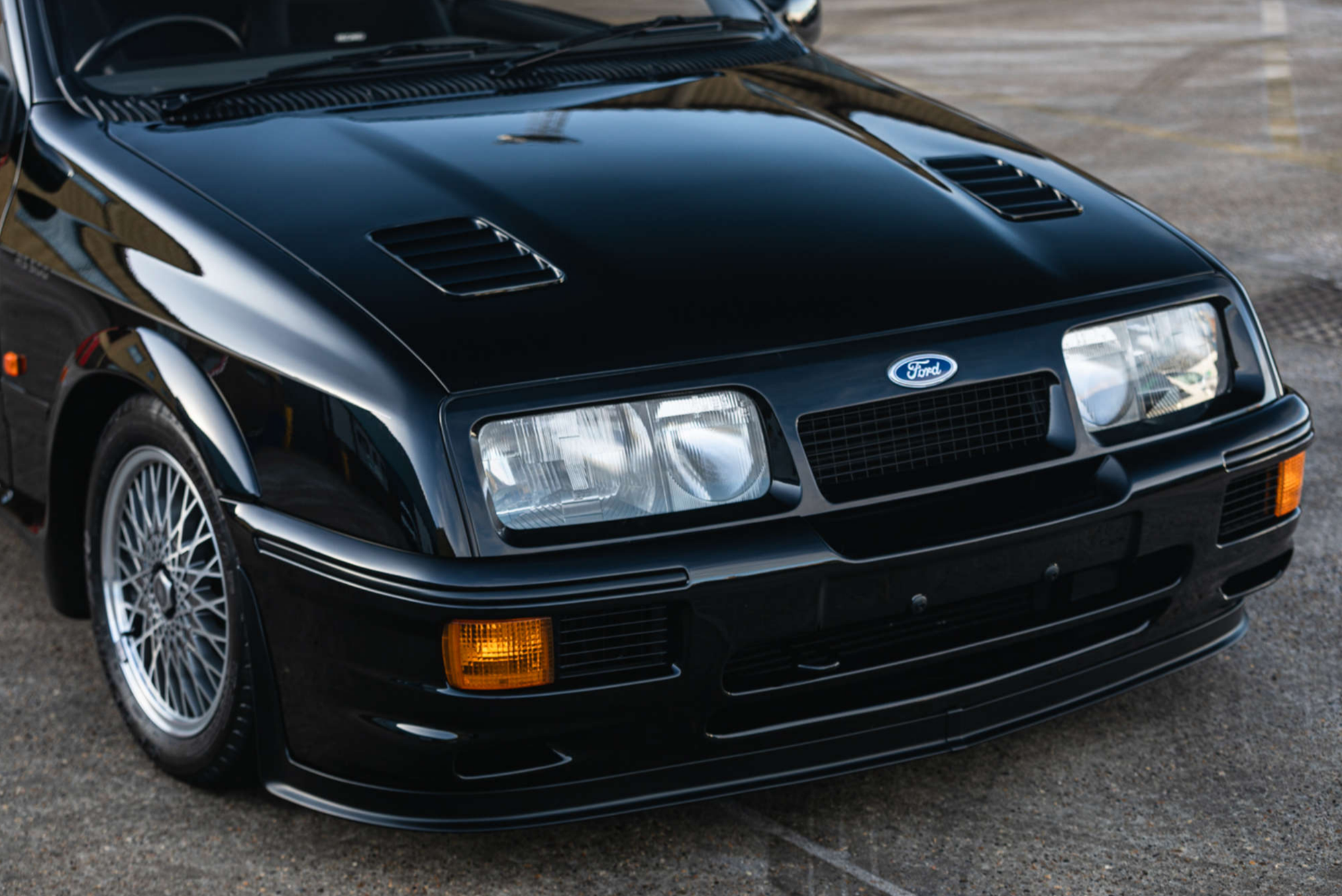
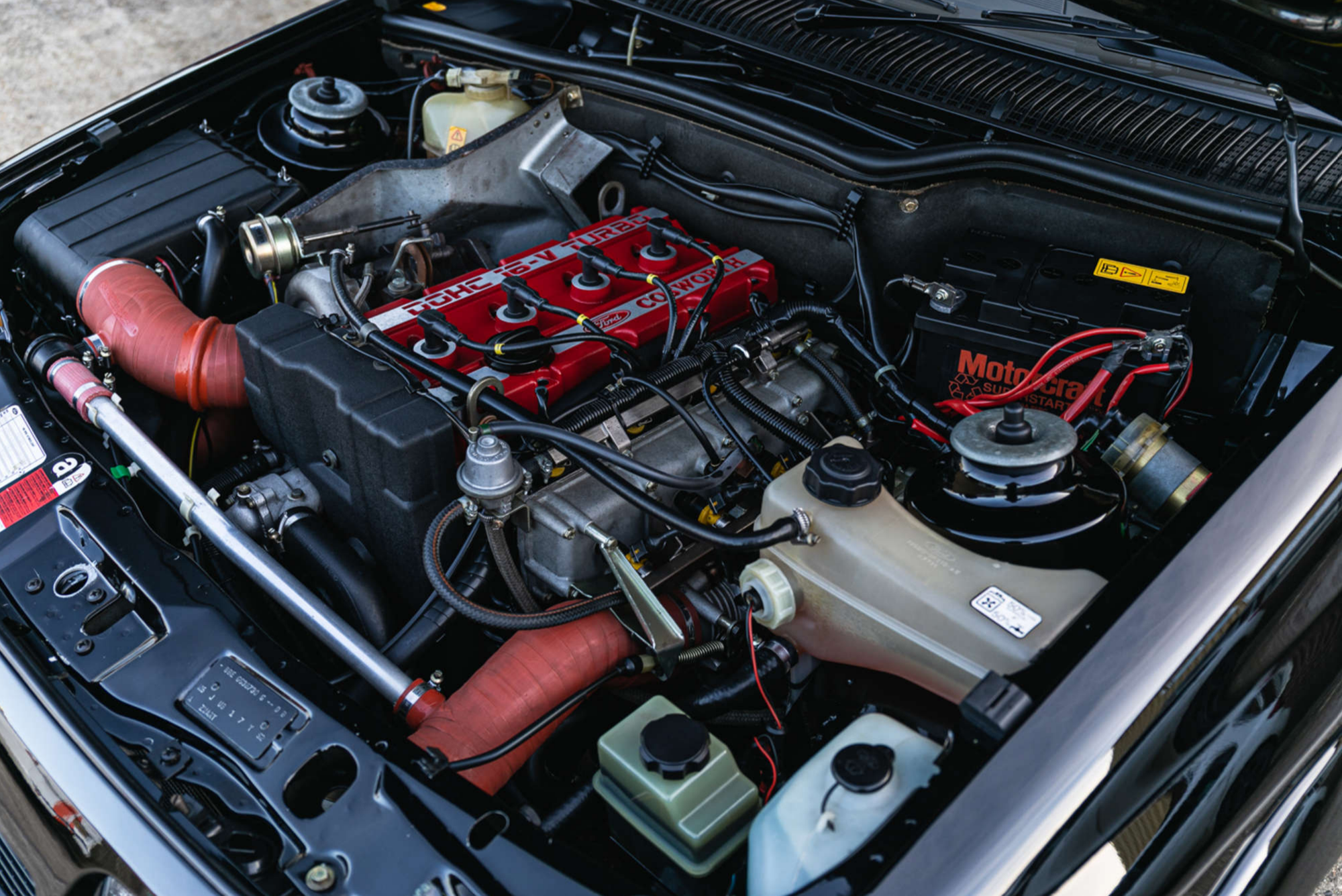

Credit: Iconic Auctioneers
What makes the RS500 so special is that you could pick one up for £20,000 new. Unfortunately, you could also pick one up for the cost of a screwdriver. The Cosworth was so easy to steal they became notorious among thieves, to the point where the cost of insurance was higher than the cost of the car. With this minor inconvenience set to one side, the RS500 is rightly regarded as the ultimate fast Ford.
Lancia Stratos
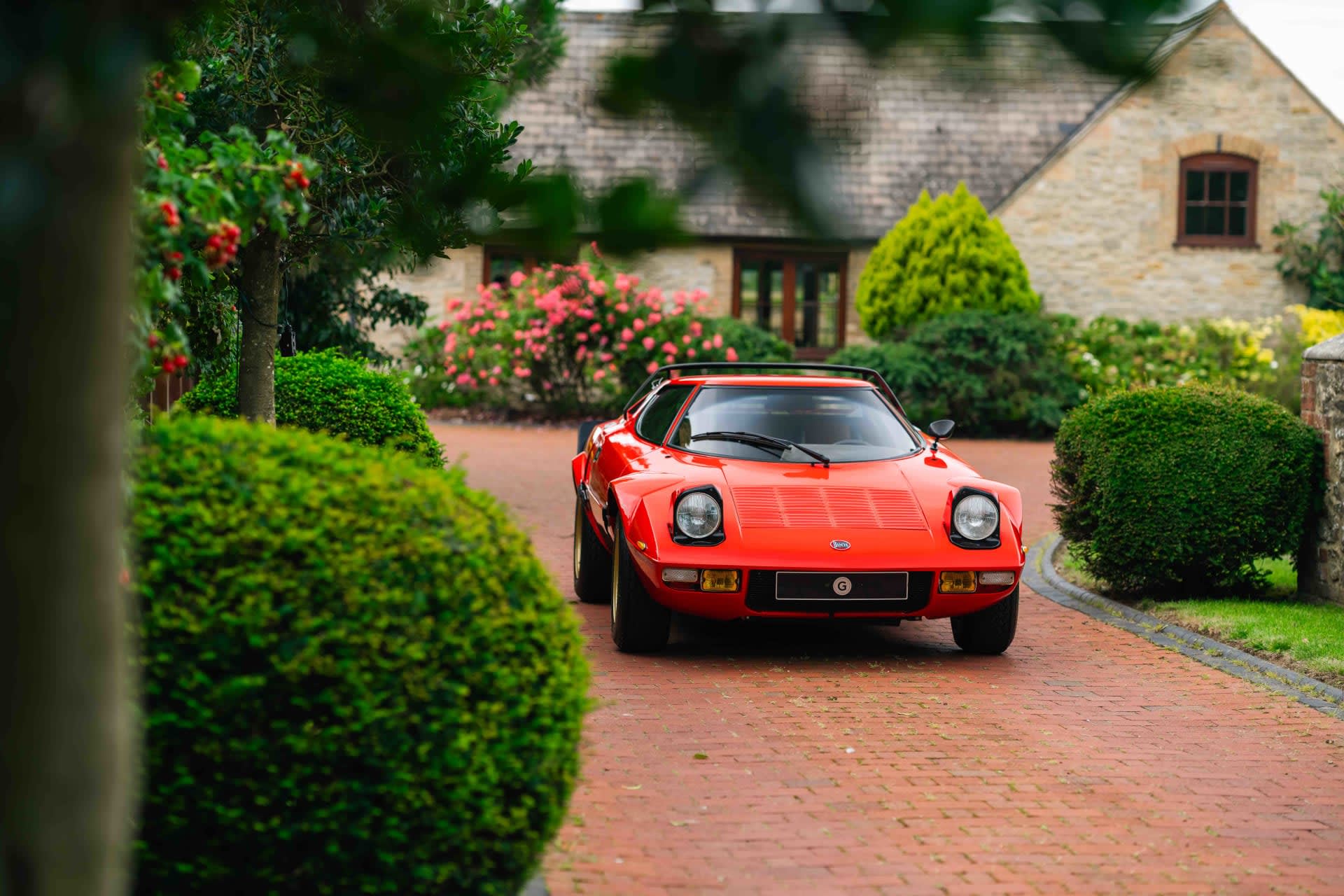


Credit: Jonny Lau for Girardo & Co
In the 1970’s, Lancia decided they weren't content with the rally cars of the time; they wanted something that looked like it just landed from another planet, and that's how the Stratos was born. It's like the designer Marcello Gandini took a ruler and a pencil and said, "Let's make this car look like it's cutting through the air even when it's standing still."


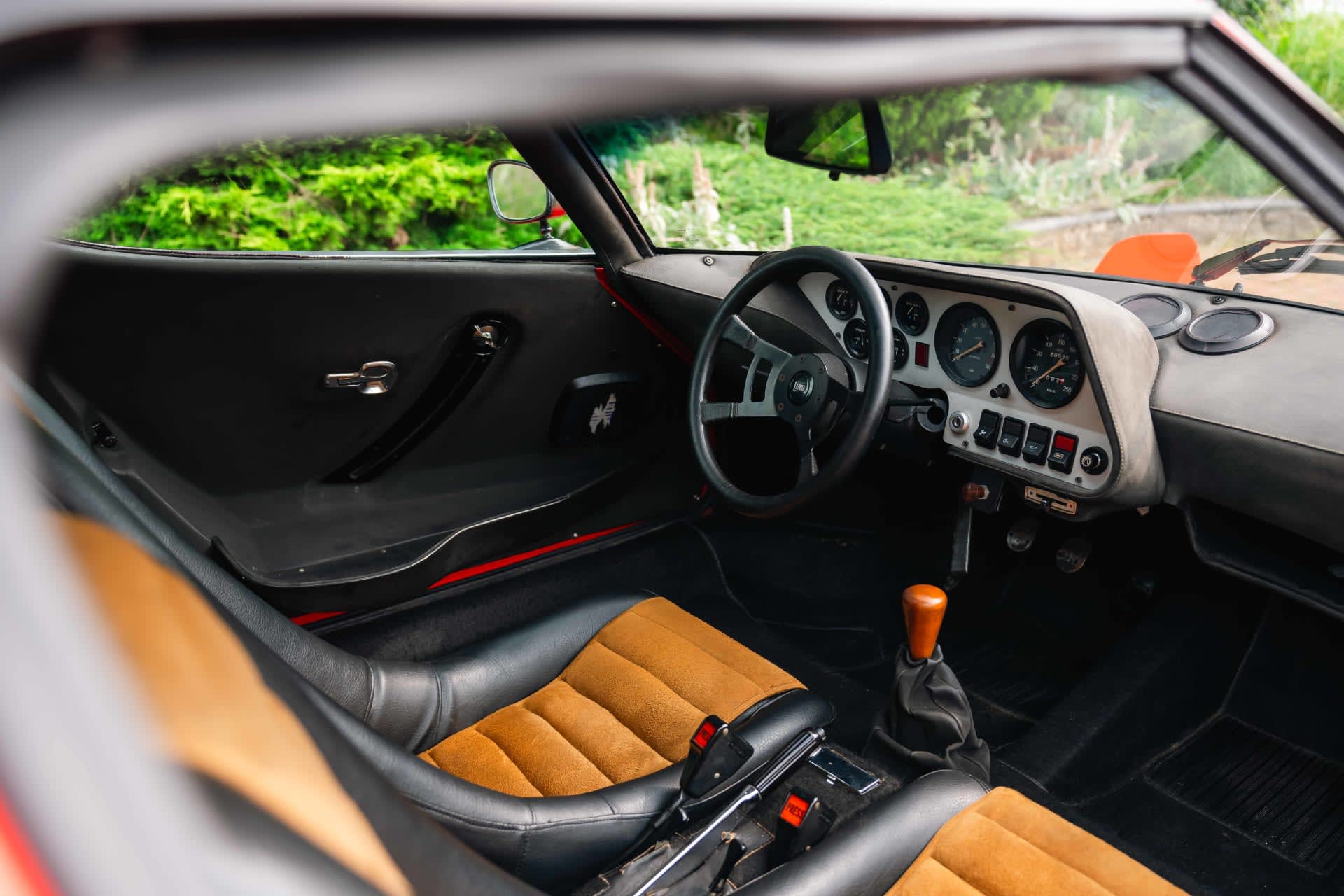
Credit: Jonny Lau for Girardo & Co
Just like its rallying sibling, the road going Stratos featured a mid mounted Ferrari Dino V6, only delivered to Lancia after production of the Dino had ceased, in order to mitigate the threat the car posed to Ferrari.
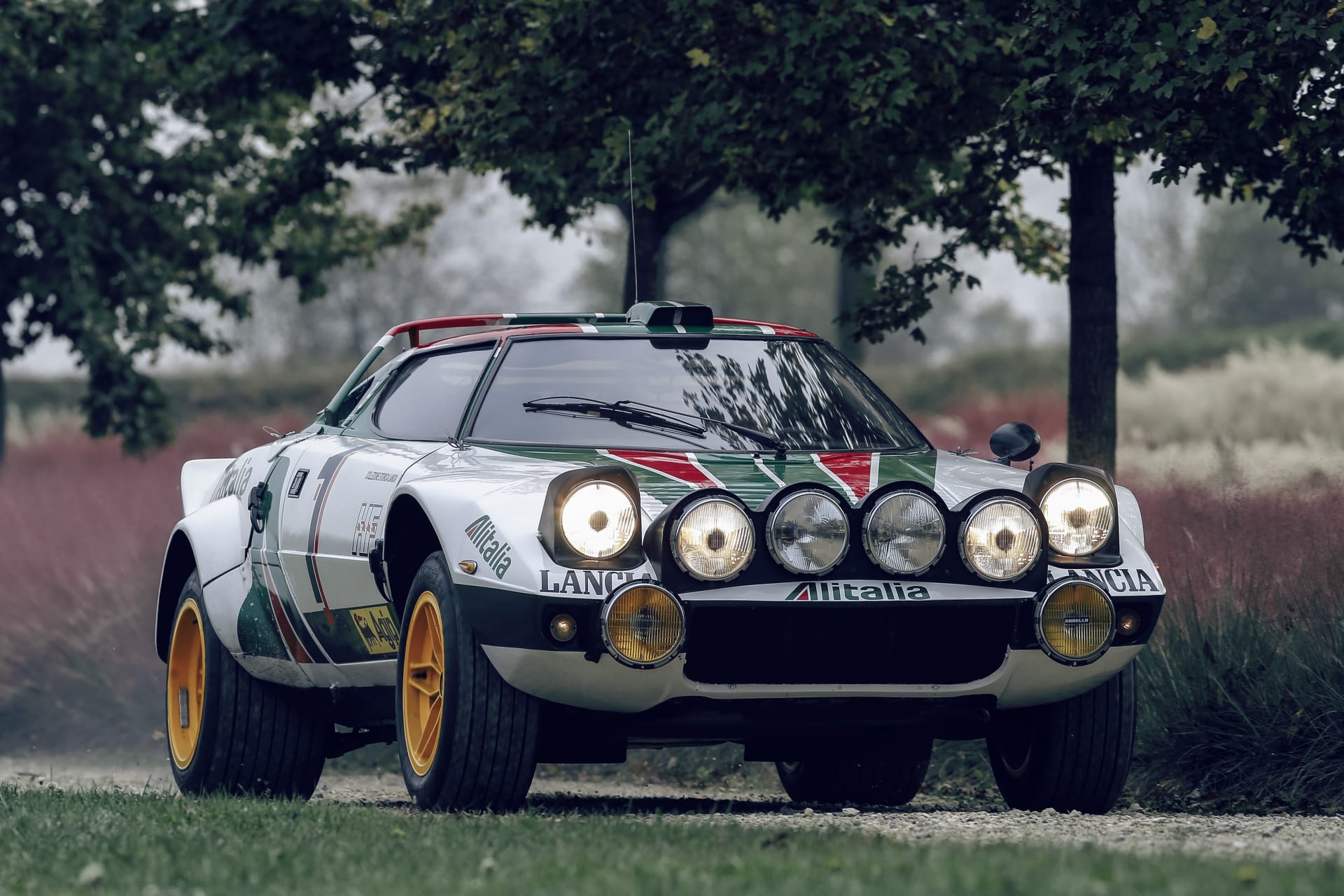
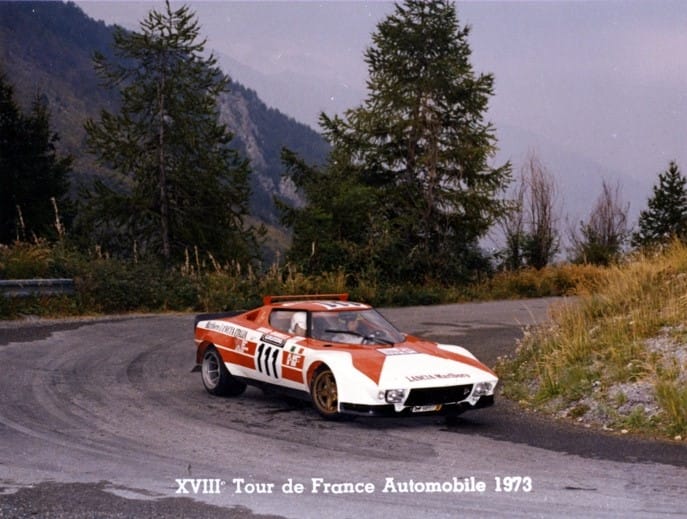
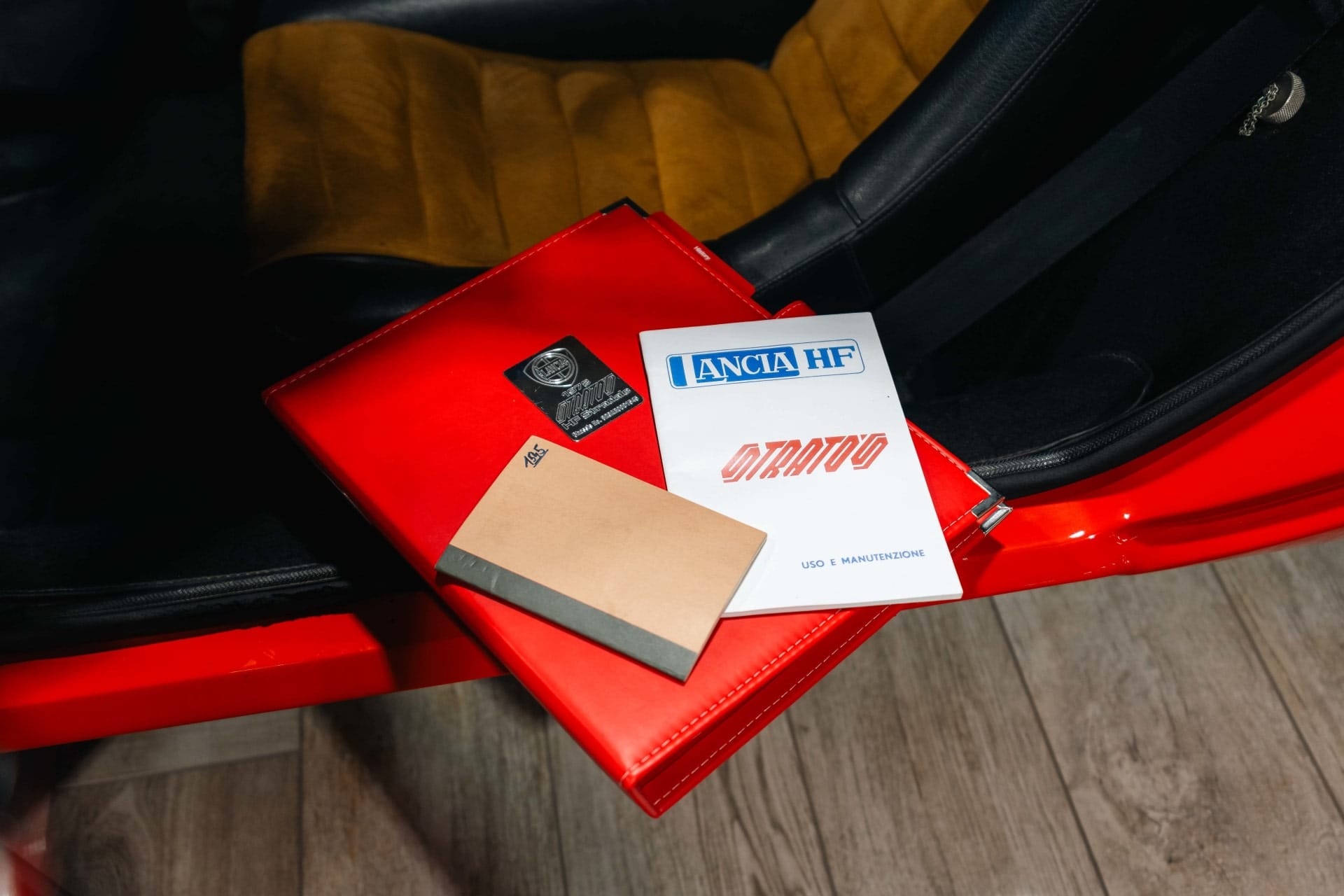
Credit: Stellantis, Lancia, Girardo & Co
After building the 500 production cars required by the regulations, the Stratos was let loose on the Group 4 rally stage, and it dominated, winning three consecutive world rally championships in ‘74, ‘75 and ‘76. The Stratos is not only an overachiever, it’s also one of the most beautiful cars ever built.
Porsche 911 GT1
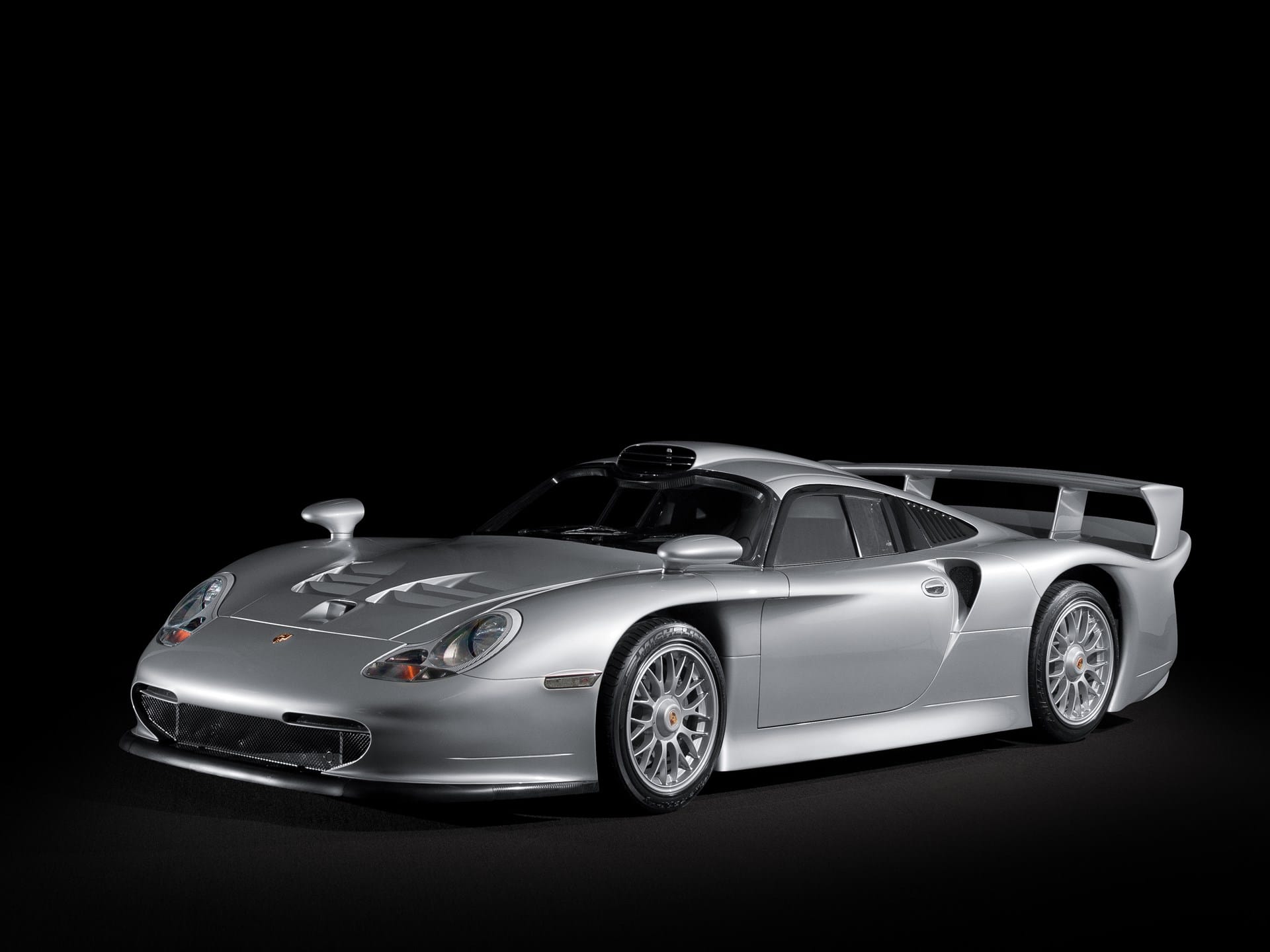
The 911 GT1 is the most outrageous 911 ever made. It fused the front of the 911 Turbo GT2 car with the engine, gearbox and suspension of the iconic 962. All with the intention of bringing the heat to the GT1 category of endurance racing, and to dethrone the McLaren F1. Fortunately for Porsche, it worked. The 911 GT1 won its class on its debut at Le Mans in 1996.

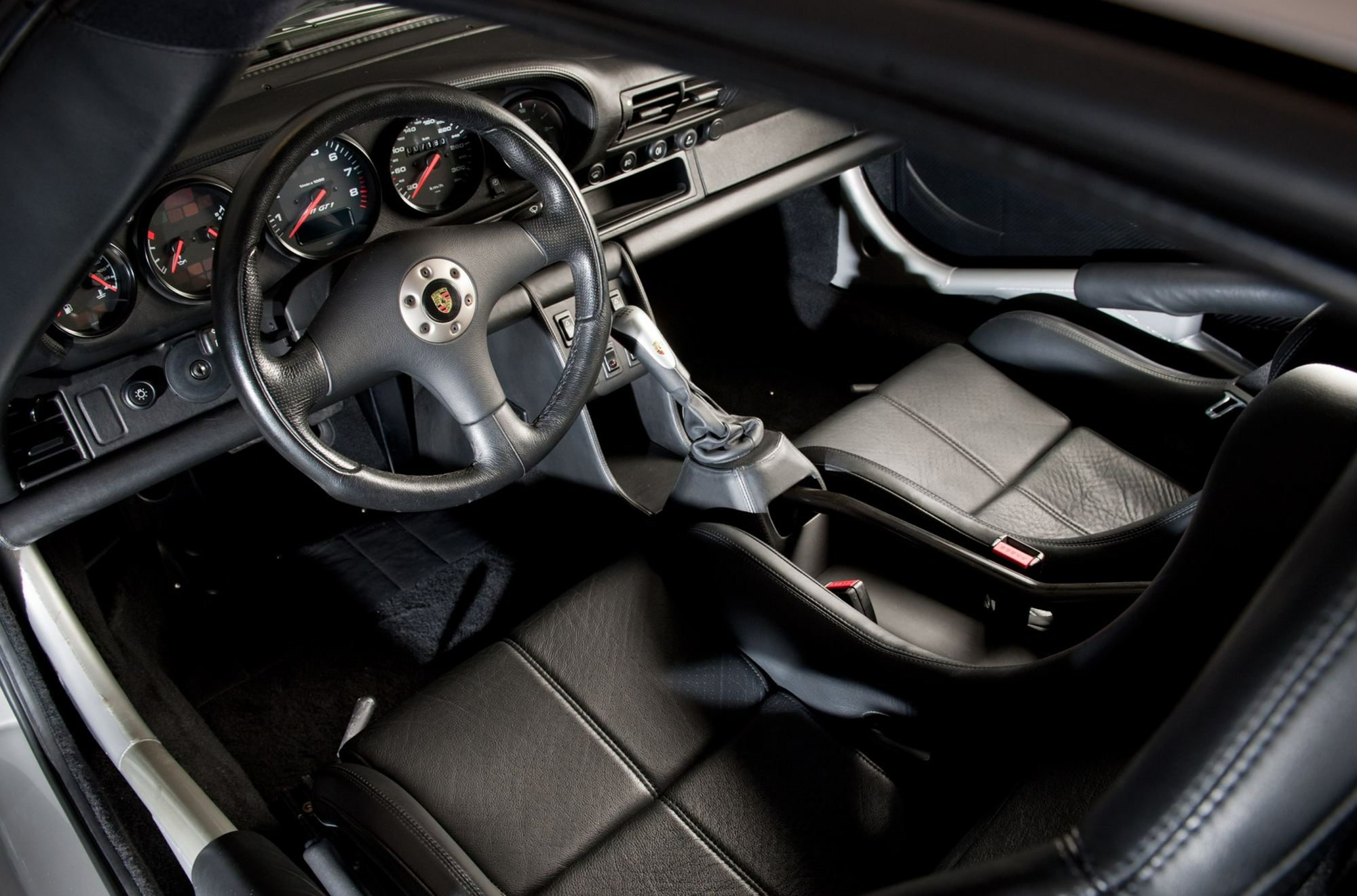

Regulations for the GT1 category stipulated that 25 road cars must be built, and while the twin turbocharged 3.2 litre flat six engine was ‘de-tuned’ to meet emissions regulations, the 911 GT1 still managed 0-60 in 3.9 seconds and a top speed of 191 mph. With its 911 Turbo GT2 and 962 DNA, the 911 GT1 is as close as you can get to a race car without breaking the law.
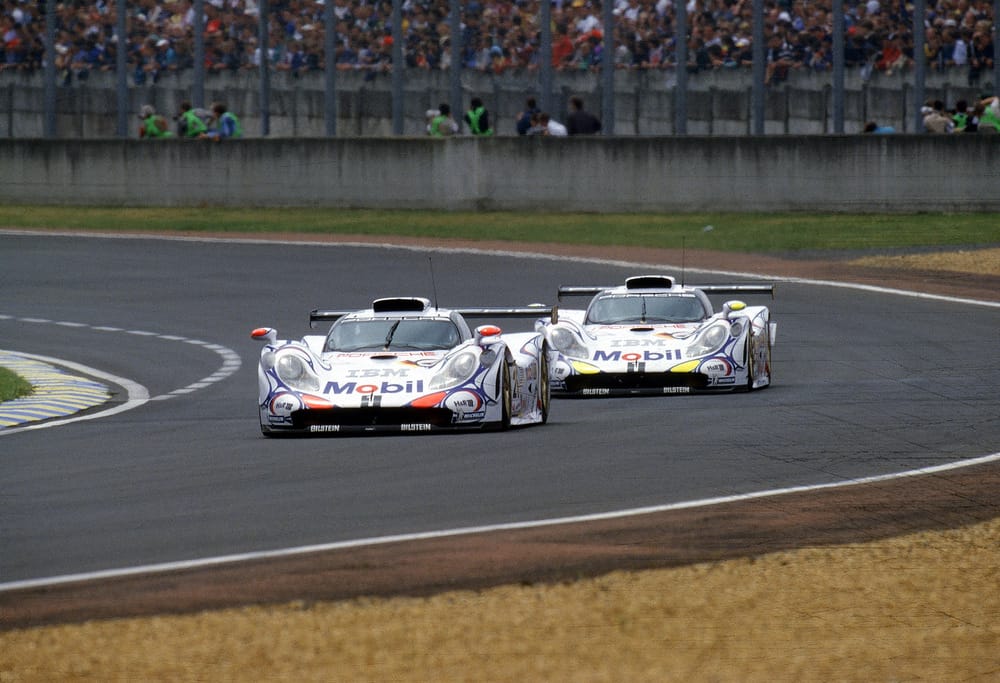
Credit: Porsche Media Archive
Peugeot 205 T16
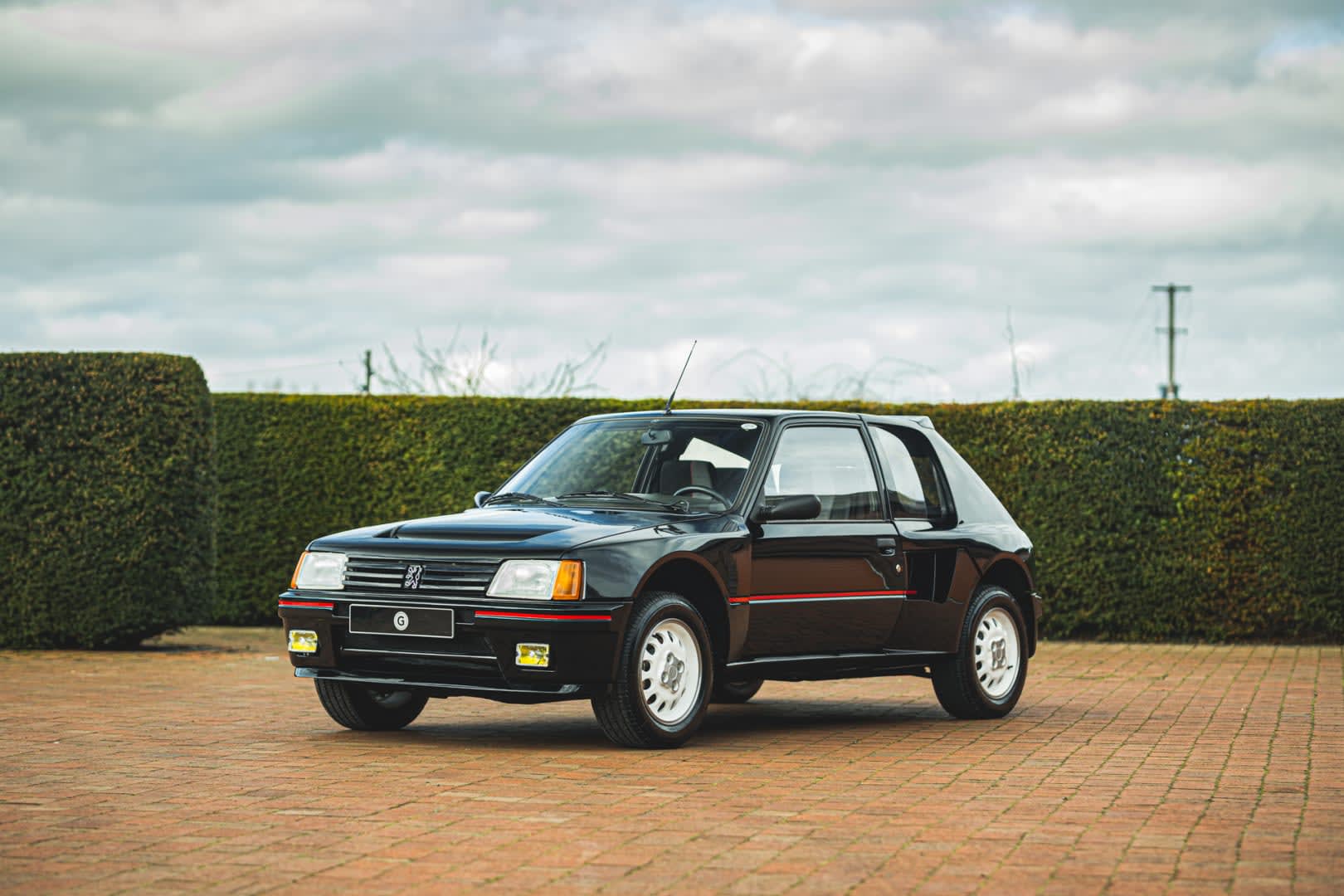


Credit: Rob Cooper for Girardo & Co
Introduced in the mid 1980’s, the Peugeot 205 T16 was Peugeot's answer to the competitive landscape of Group B rallying, and it quickly became one of the most successful cars in the category, with 16 WRC stage wins, 2 consecutive manufacturer titles, 4 consecutive European Rallycross Championship titles, and 2 Paris Dakar victories.
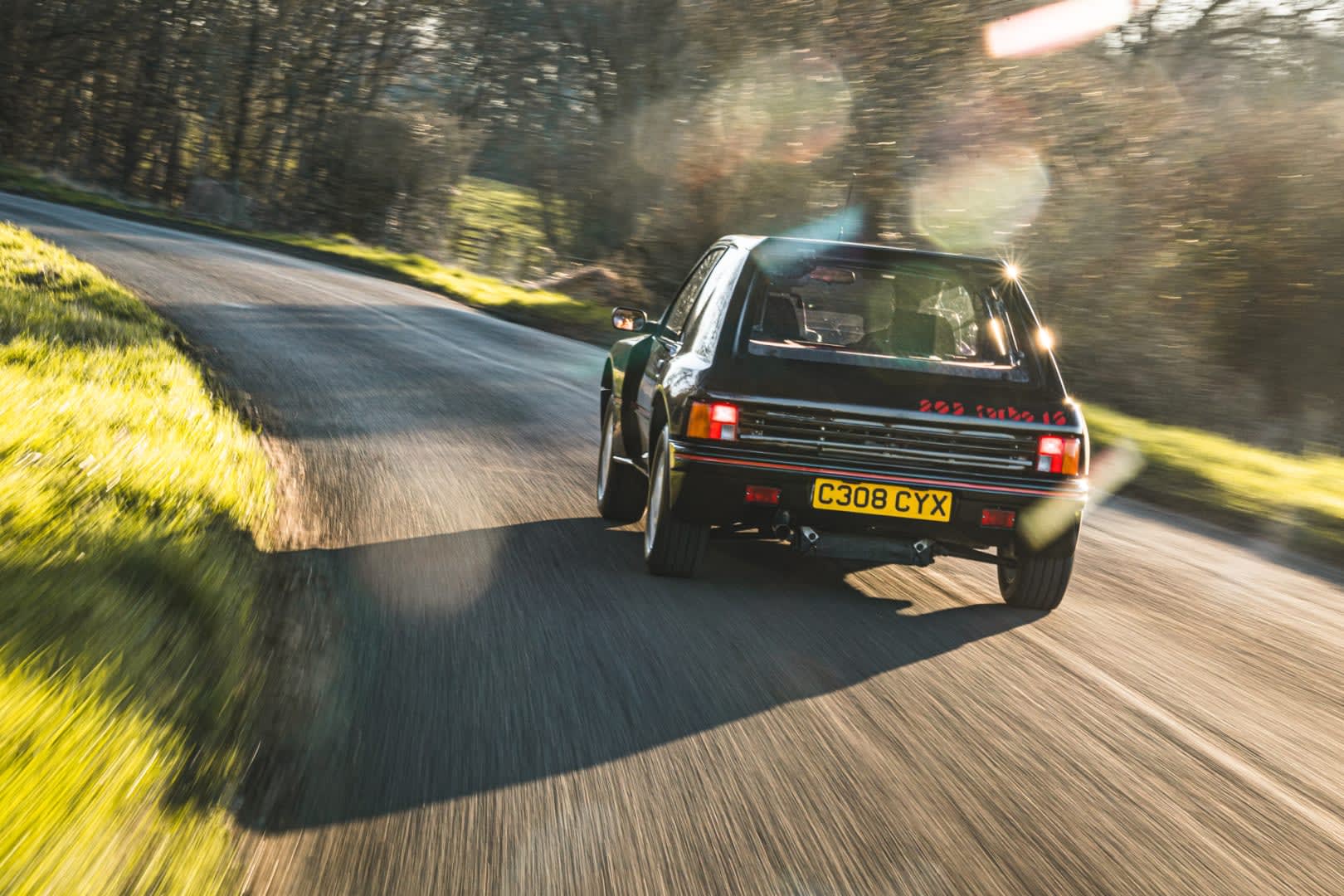
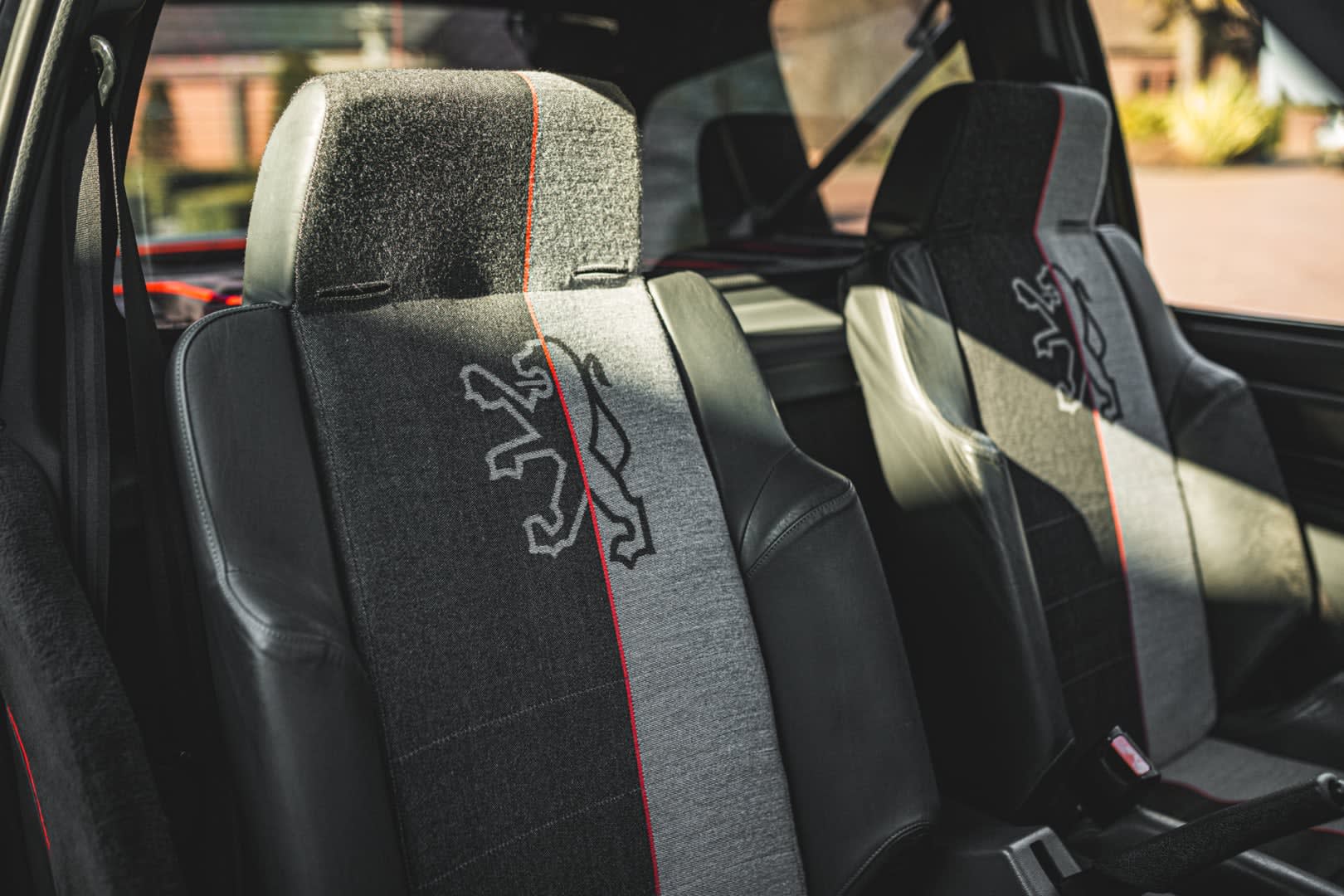
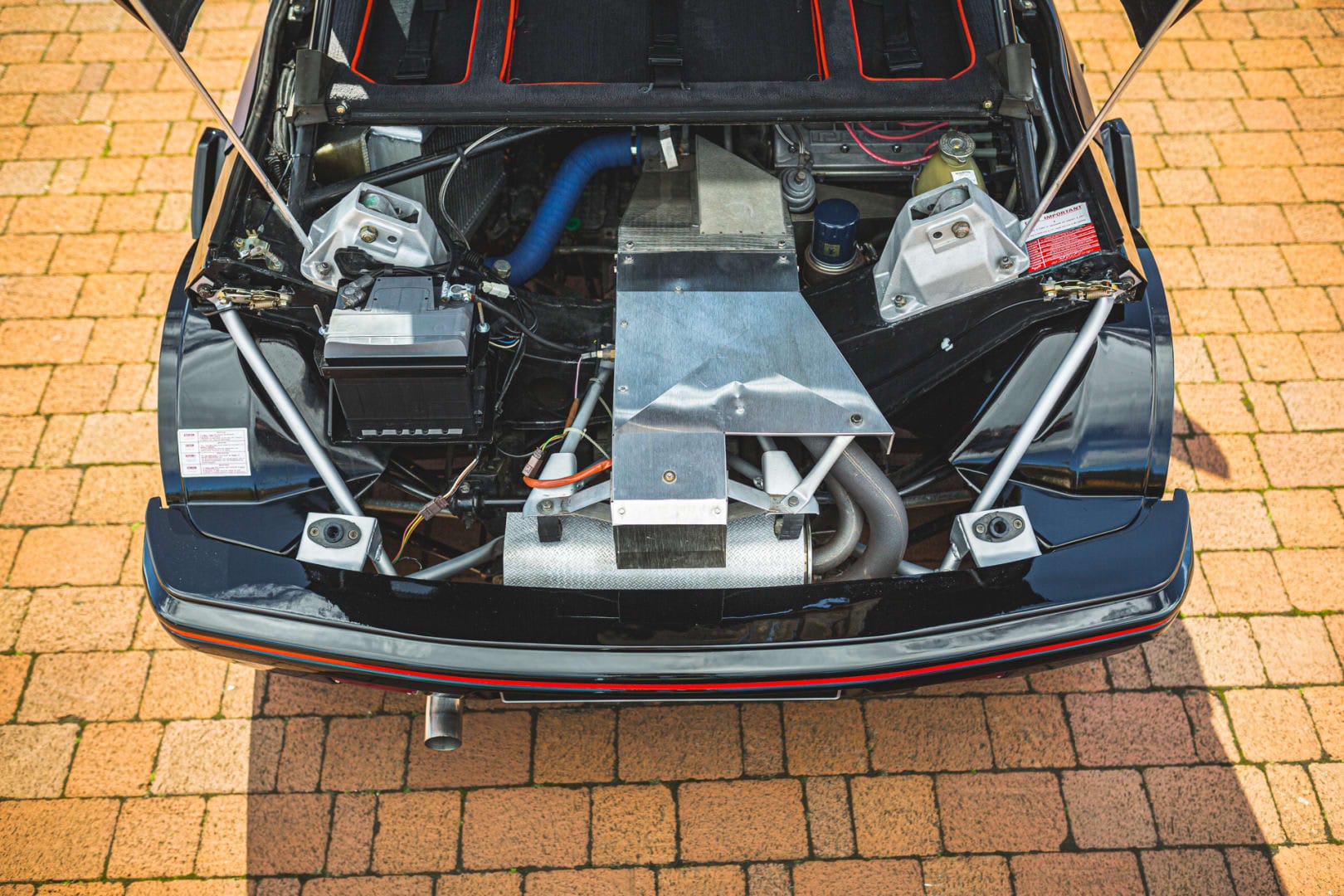
Credit: Rob Cooper for Girardo & Co
The road going variants deviated significantly from the regular production 205, sharing the mid engined four wheel drive layout of the full blown rally car. Regulations required that 200 road going versions be made, and so Peugeot did exactly that. At its peak, Group B was more popular than F1, and so the 205 T16 also attracted some interesting buyers, including the Emir of Qatar.
Toyota GR Yaris
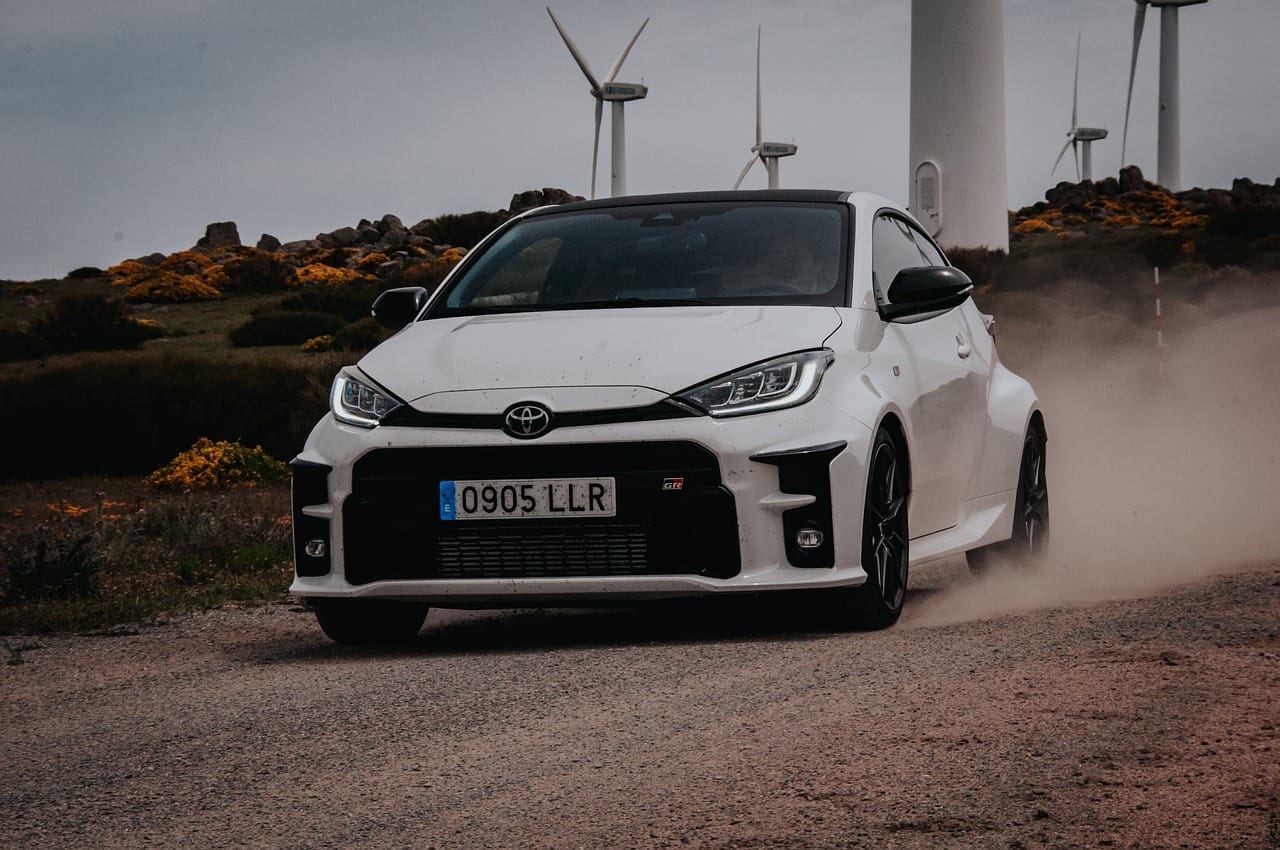
The fourth generation of the Toyota Yaris was only available as a five door hatchback, which posed a problem for Toyota’s rally division. A compact three door version was required if they were to be competitive in the WRC, so Toyota’s in-house Gazoo Racing team, led by four time rally champion Tommi Makinen, assisted in the development of the GR.


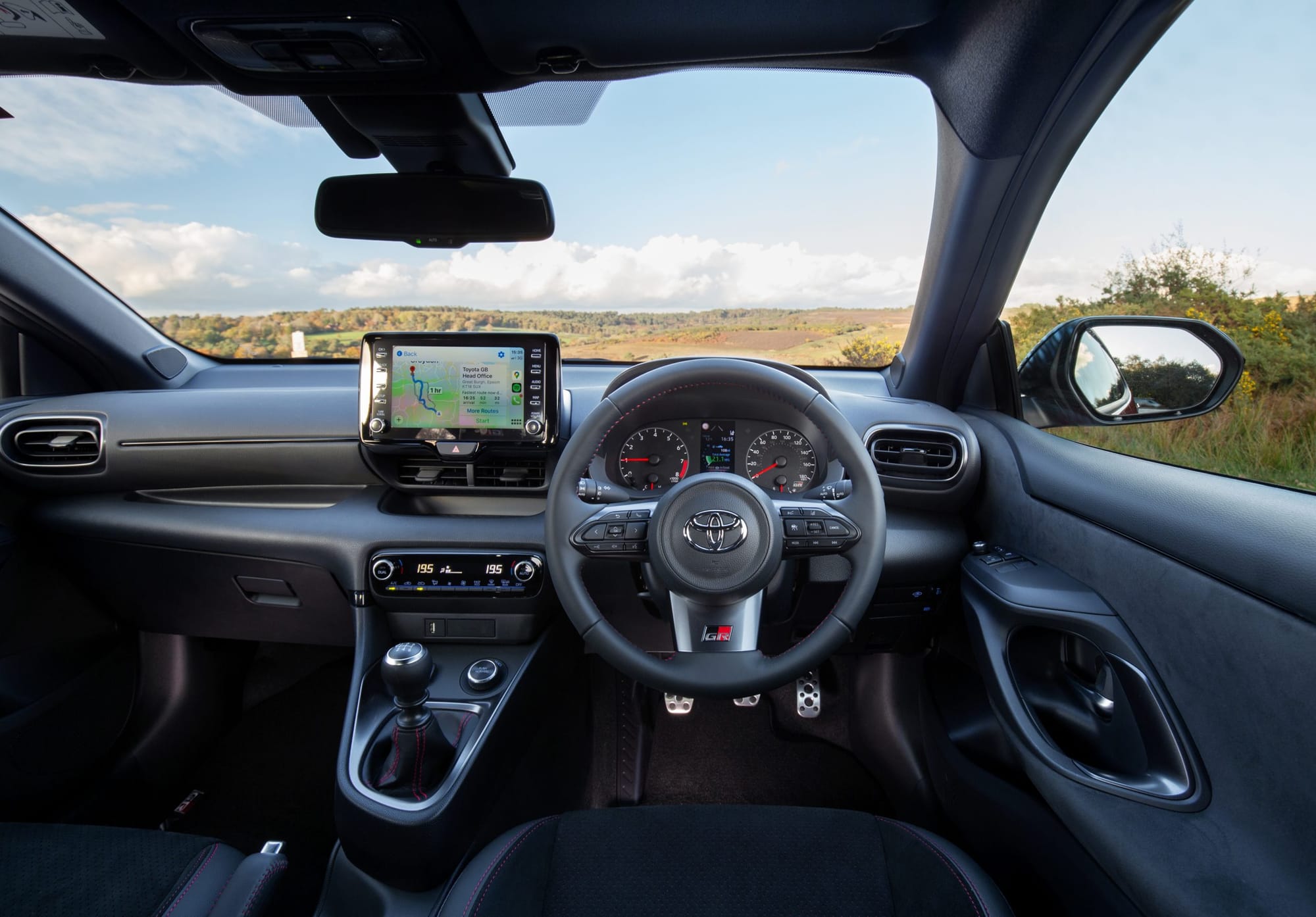
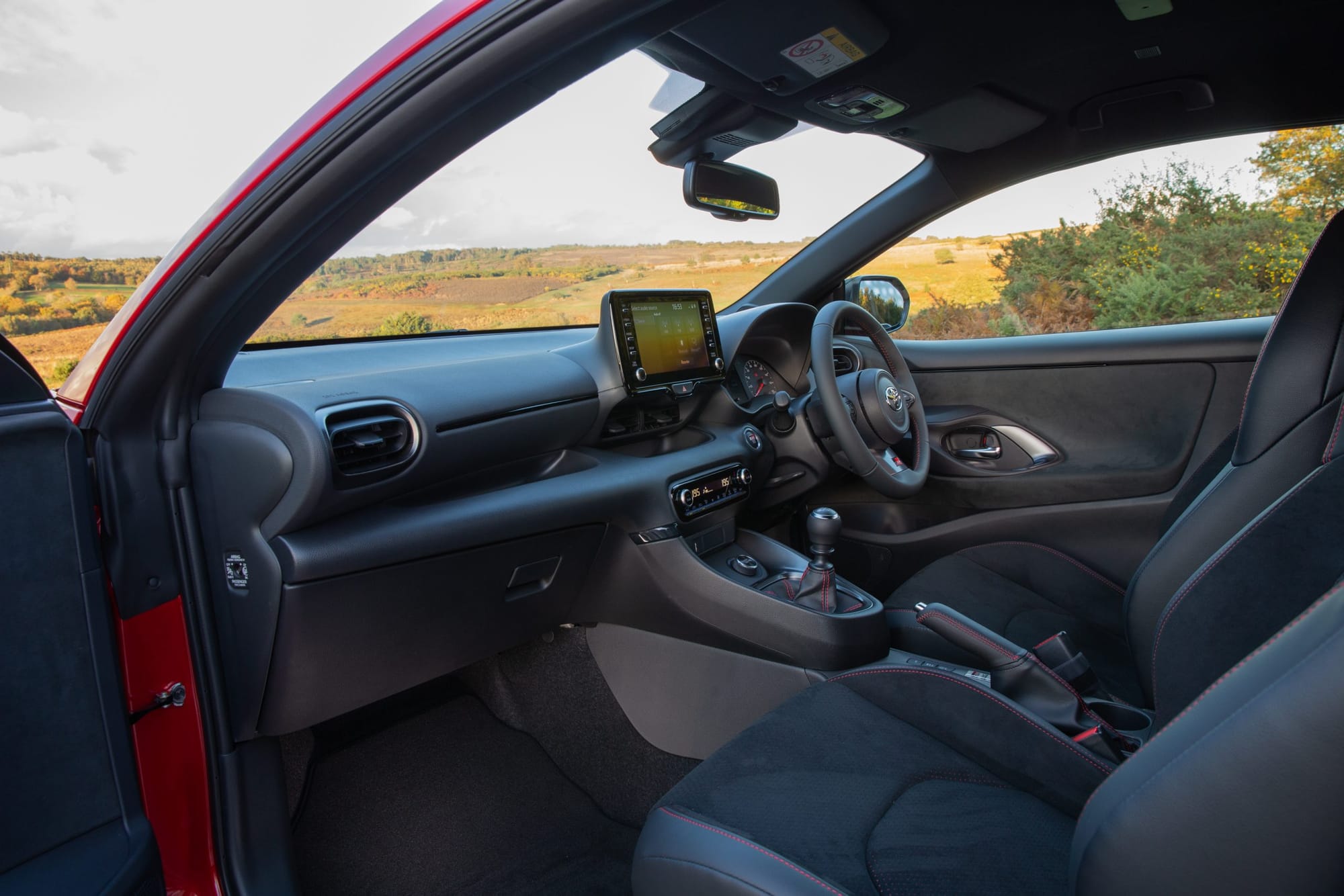
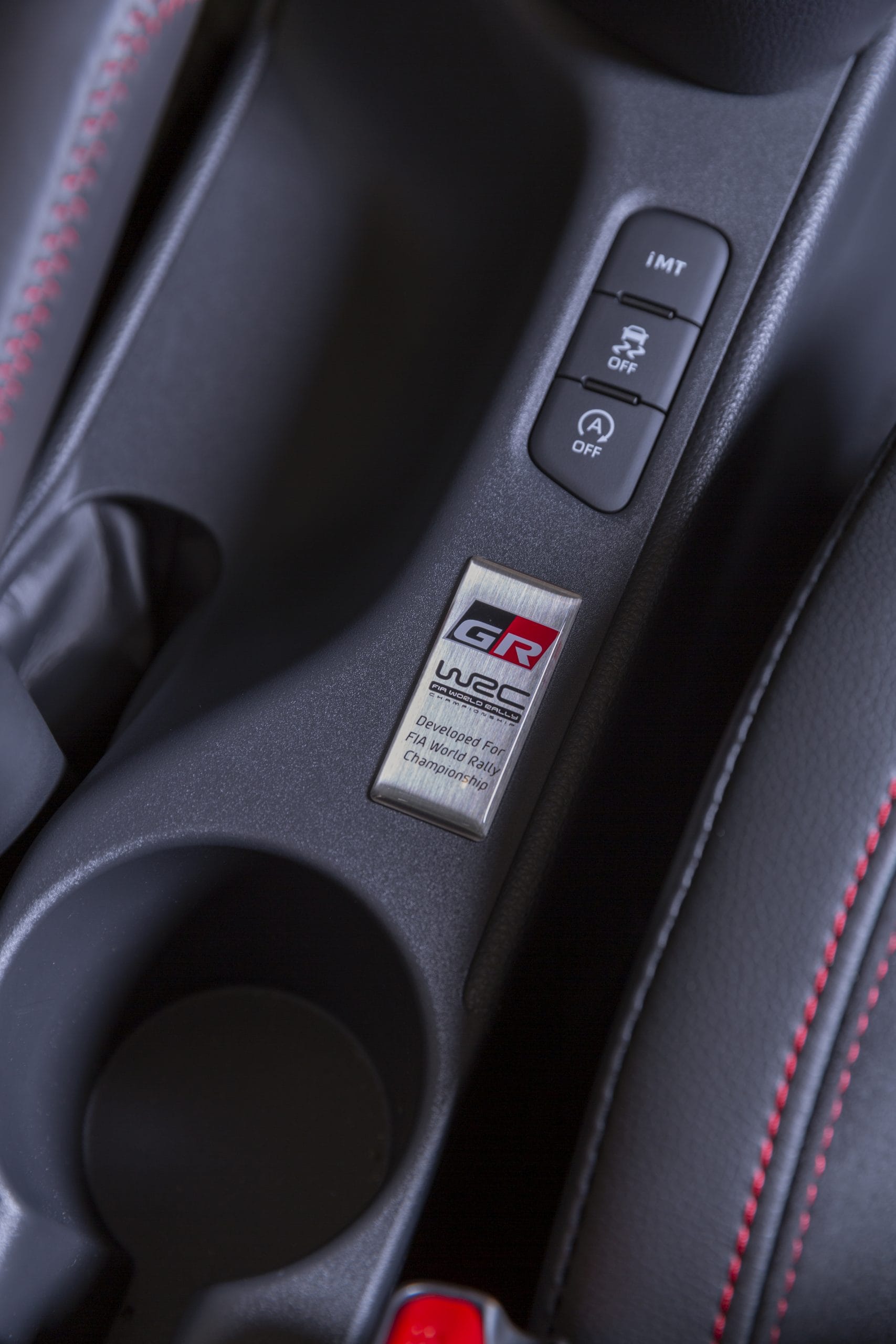
Credit: Toyota
Homologation rules required 2,500 to be built within a continuous 12 month period. To date, Toyota has made 25,000, which still falls far behind demand, which is hardly surprising considering the GR has rave reviews and looks like it’s bench-pressed a few rally stages.

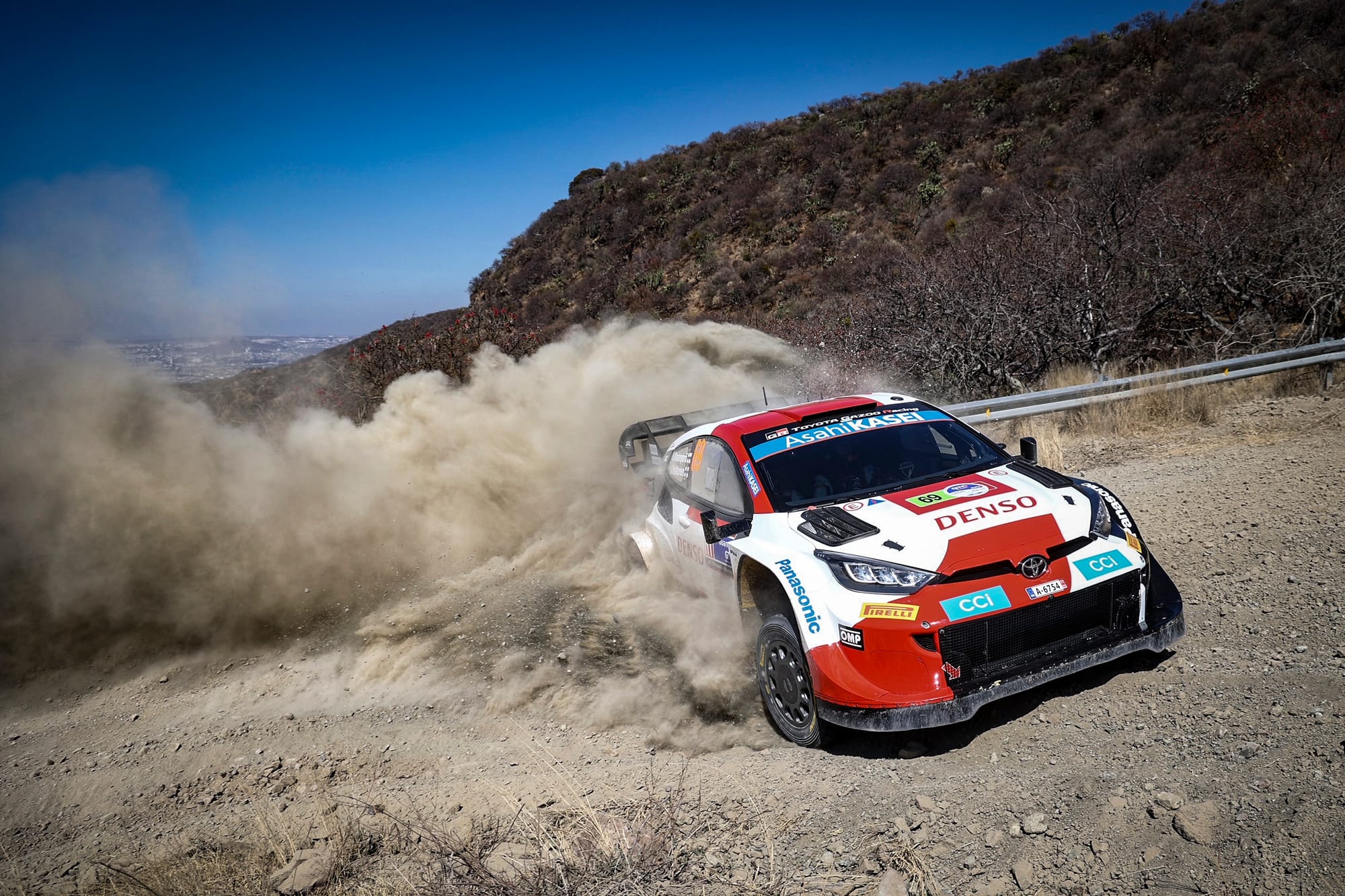
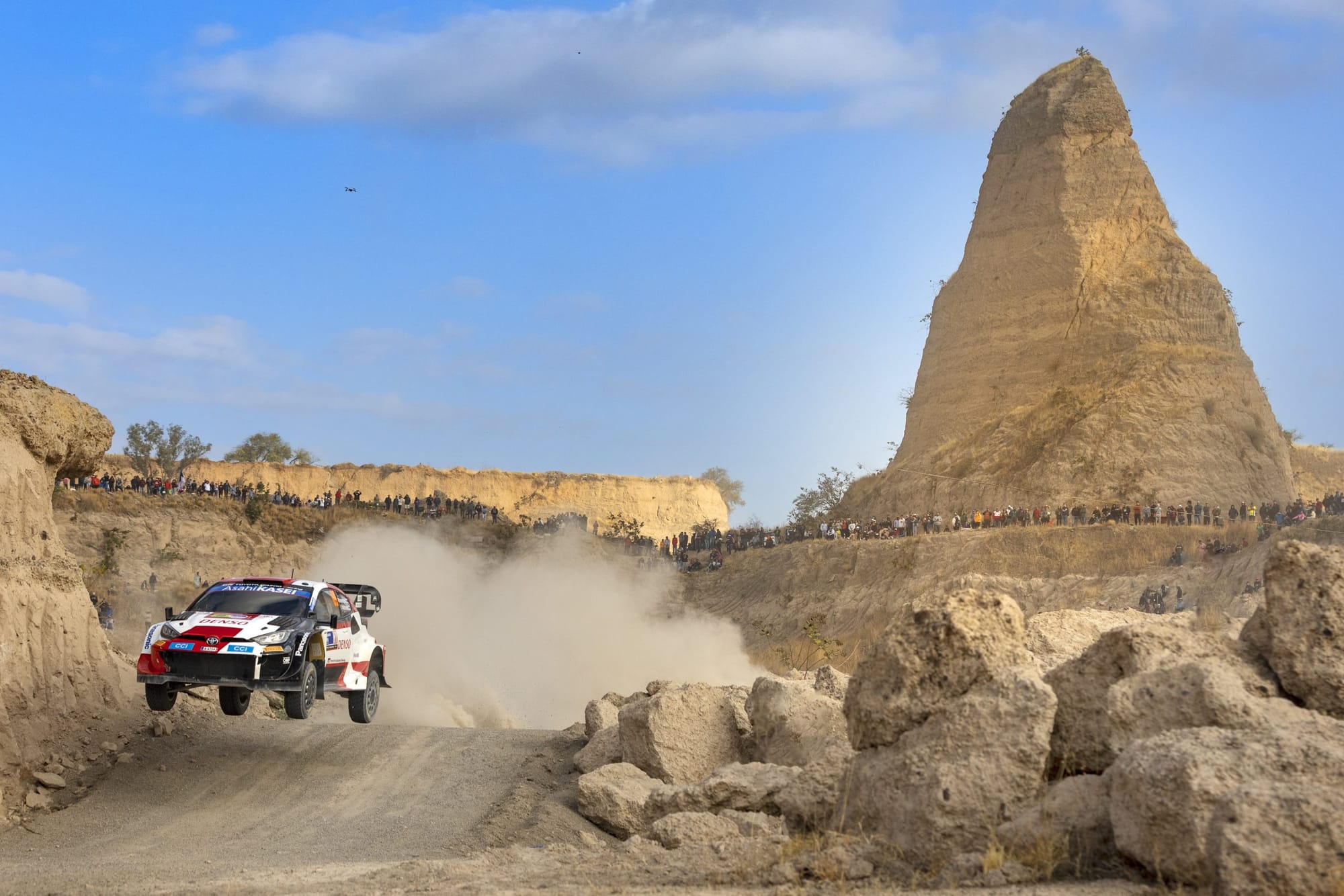
Credit: Toyota
Mercedes Benz 190E Evo II

Mercedes had originally intended to use the 190E on the rally stage, but the introduction of the Audi Quattro left the 2.3L 16V Cosworth powered Mercedes outgunned. Instead, they entered the car into the German Touring Car (DTM) series. Cosworth also beefed up the 2.3L engine to 2.5L, and the Evo II earned Mercedes the manufacturers title in the 1991 DTM season and again in the 1992 season, with Klaus Ludwig winning the championship outright. Ellen Lohr also made history behind the wheel of an Evo II, by becoming the only woman in history to win a DTM race, as she brushed past Keke Rosberg at Hockenheim.
502 road going versions of the Evo II were made, and it perhaps earns the title of ‘most badass’ homologation car on this list. At the RM Sotheby’s auction in Las Vegas last week, a 190E Evo II sold for a staggering $544,000.

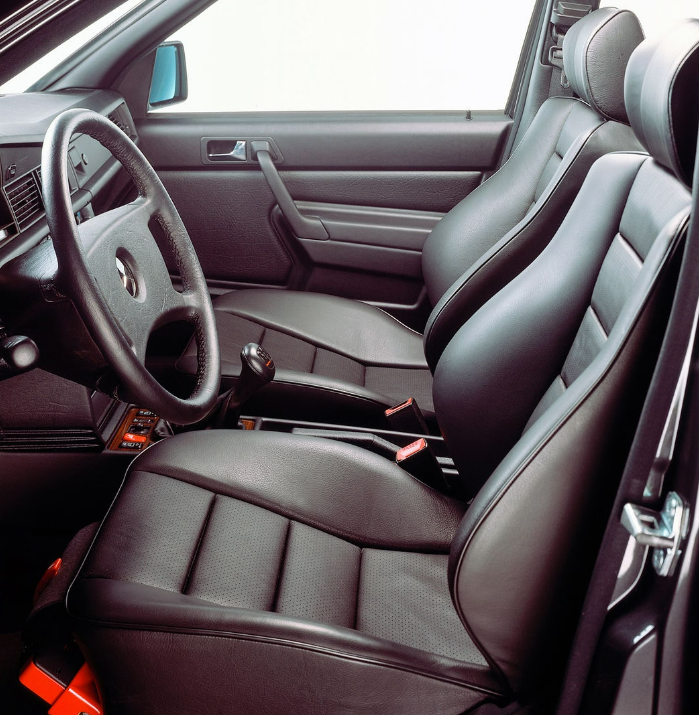
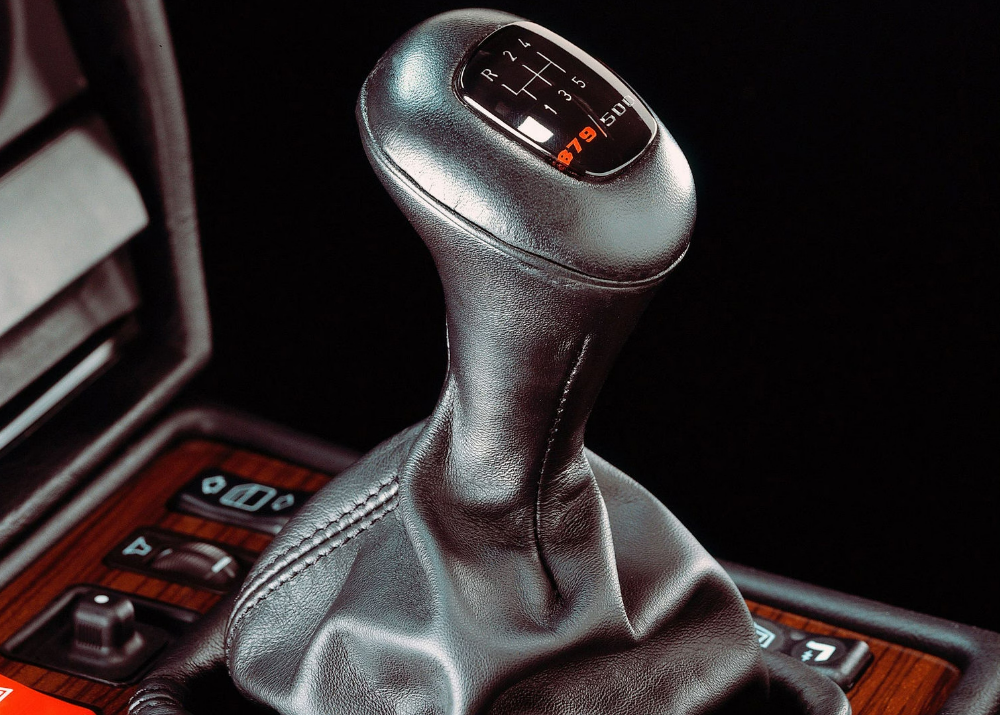
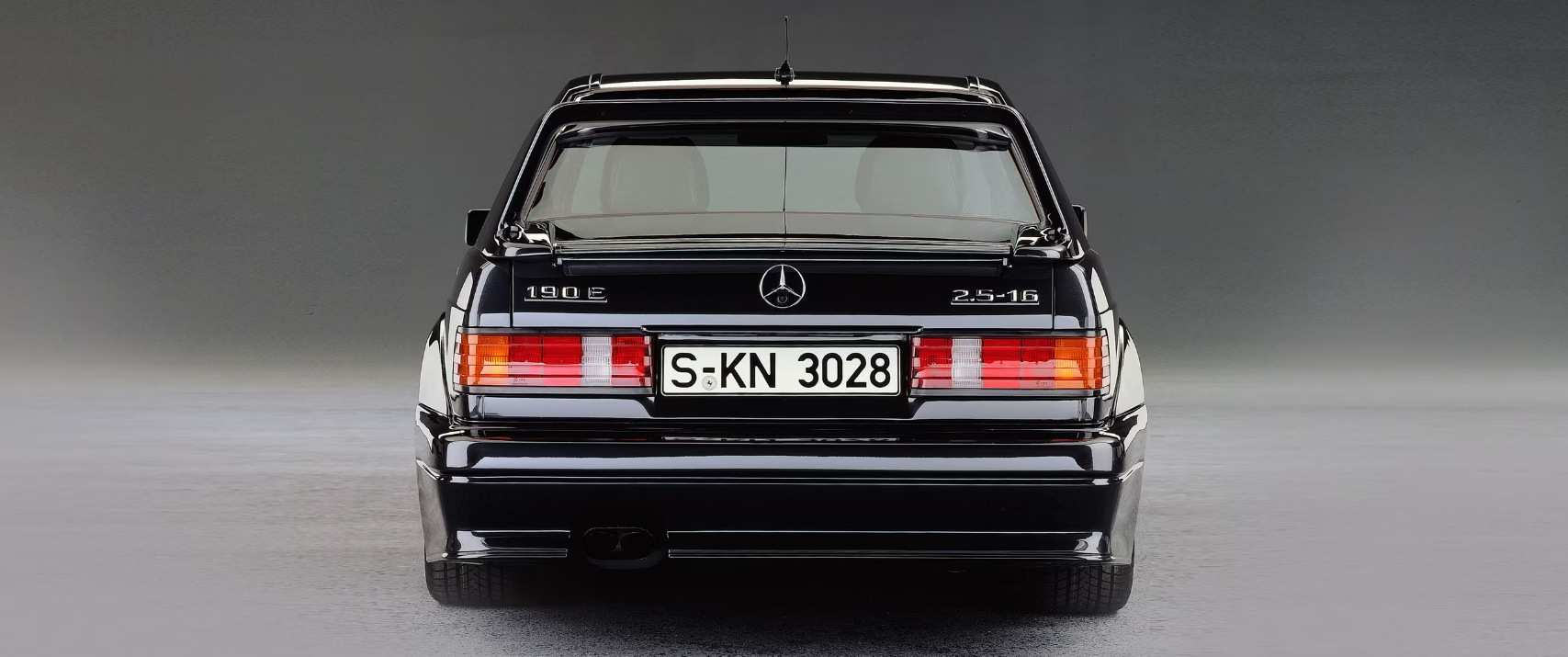

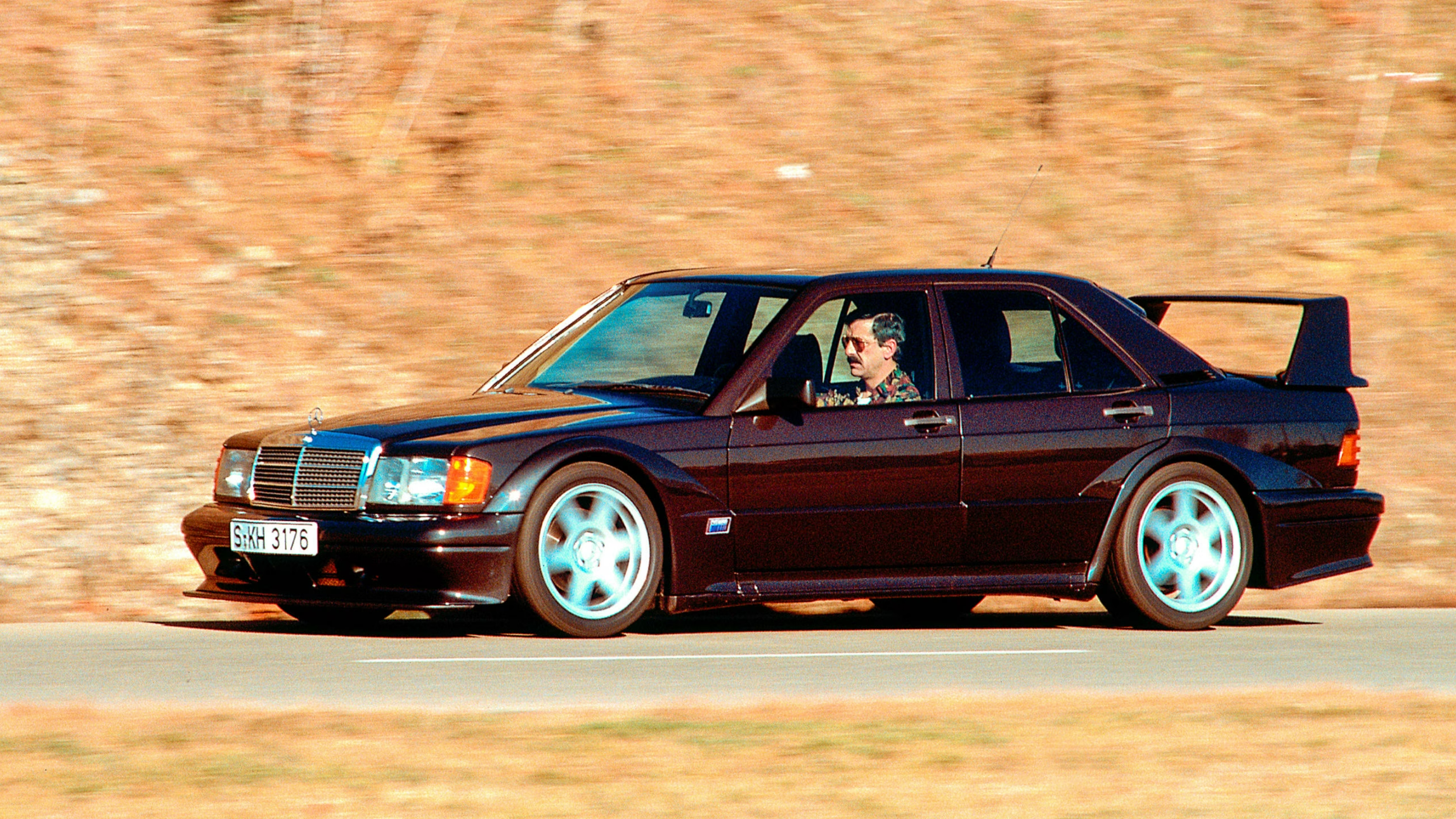
Credit: Mercedes Benz Media Archives
Audi Quattro
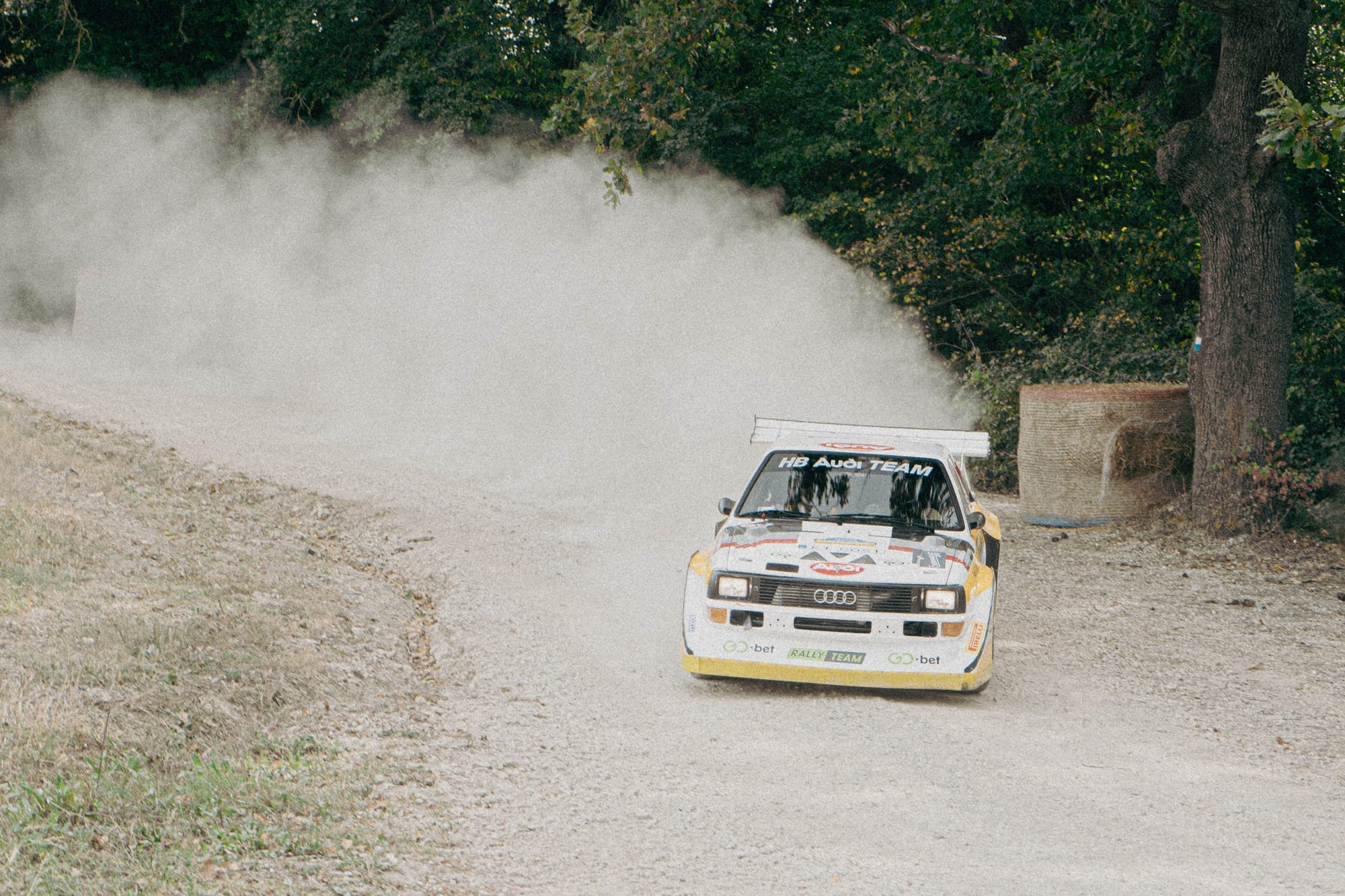
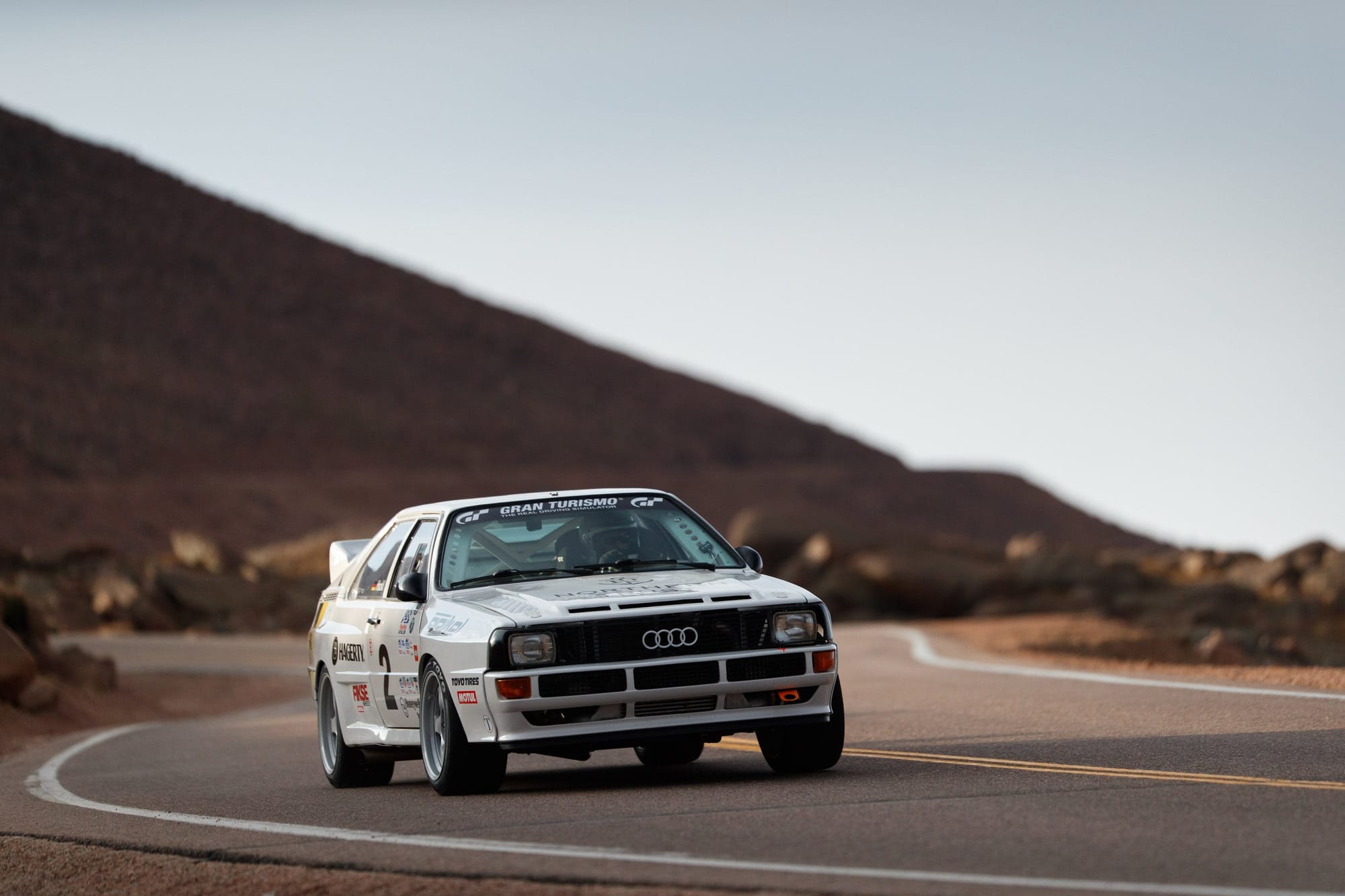
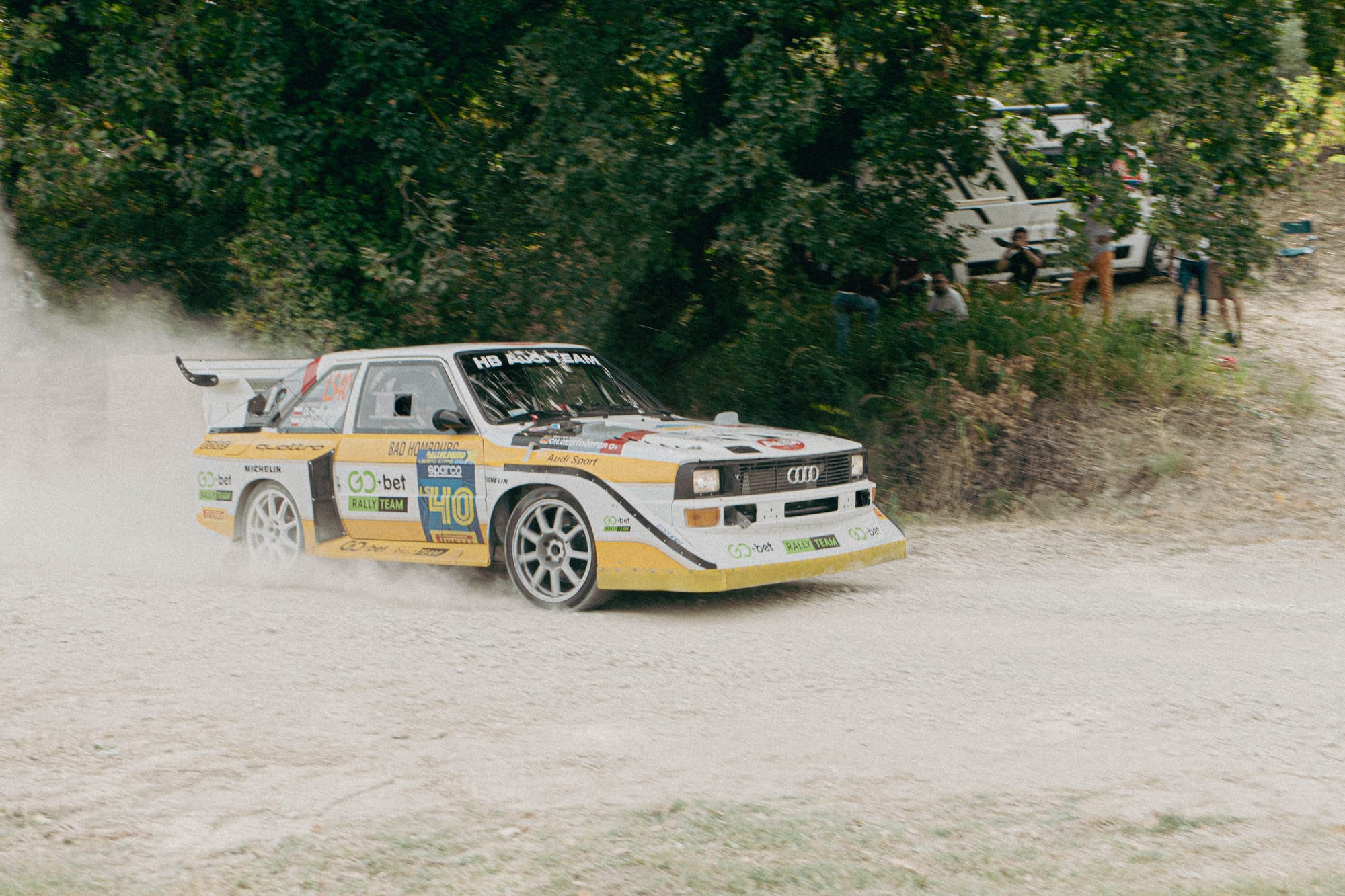
Credit: Leif Bergerson, Luca Scalvinoni, Pexels
In the early '80s, Audi decided they had enough of playing by the conventional rules of rallying. They threw out the rear-wheel-drive playbook and introduced the Quattro, the first-ever car to feature permanent all-wheel drive in rally competition. The Quattro was a game changer and proceeded to dominate, with Hannu Mikkola and Stig Blomqvist winning consecutive Drivers’ titles in 1983 and 1984.
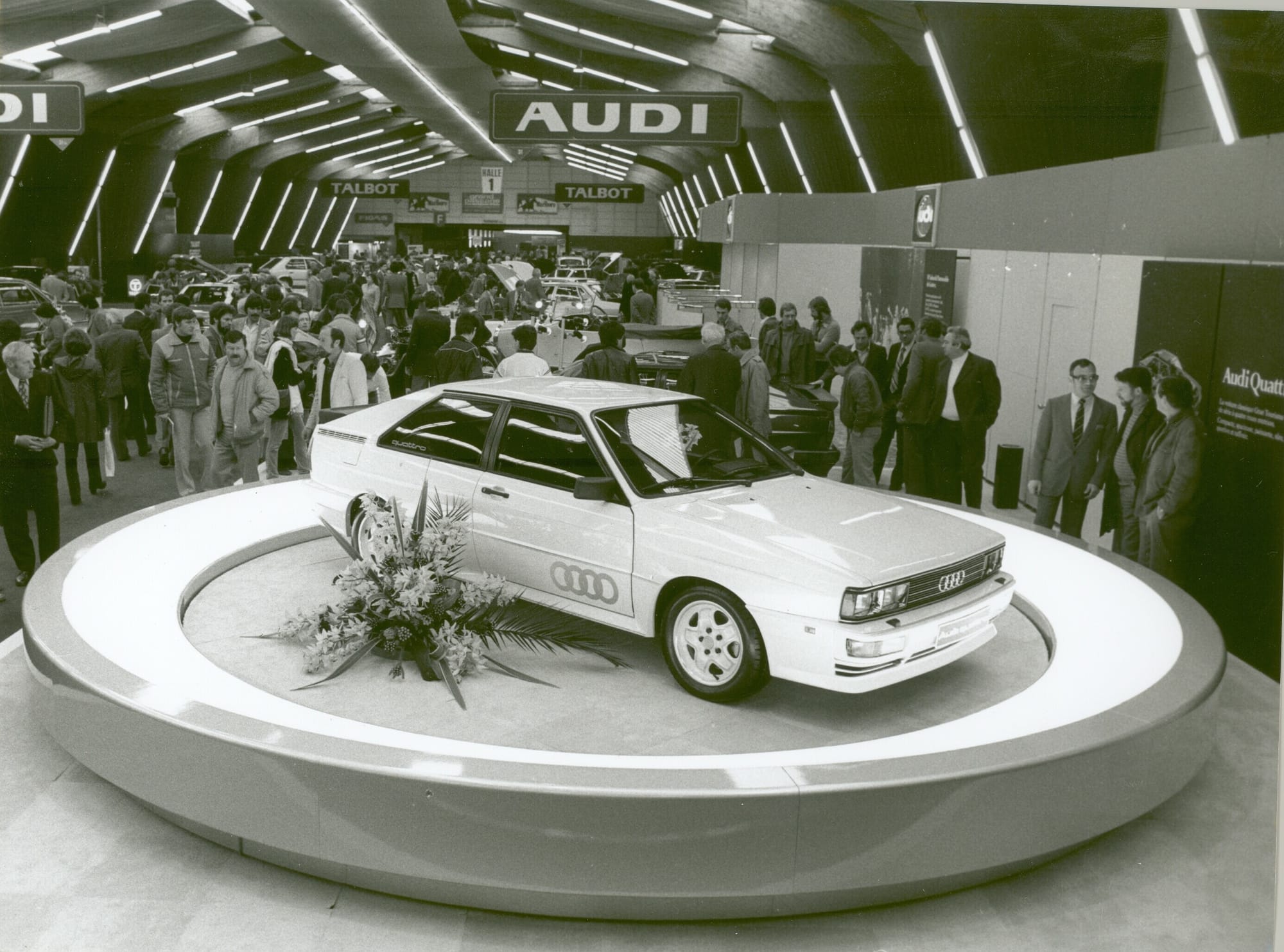
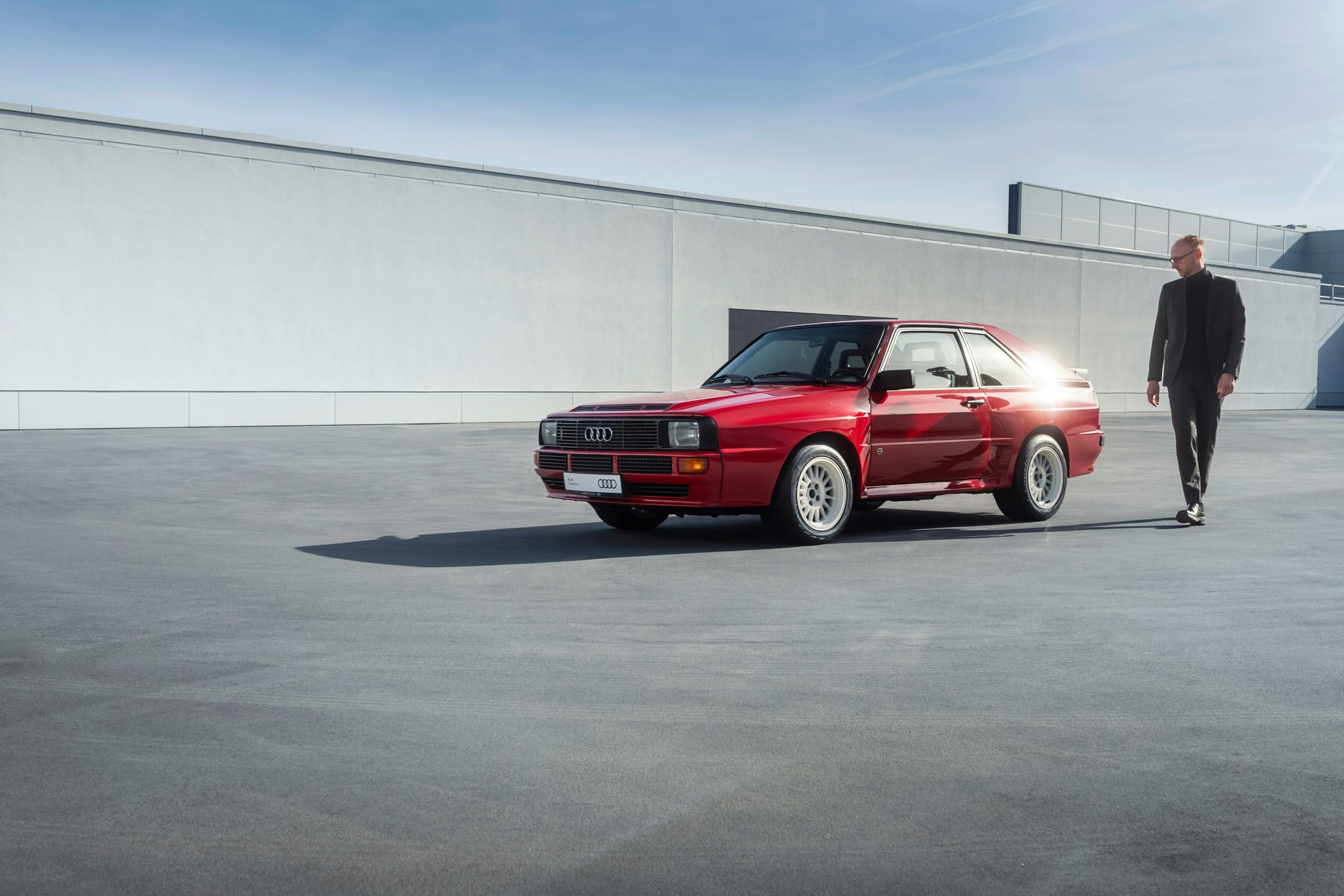
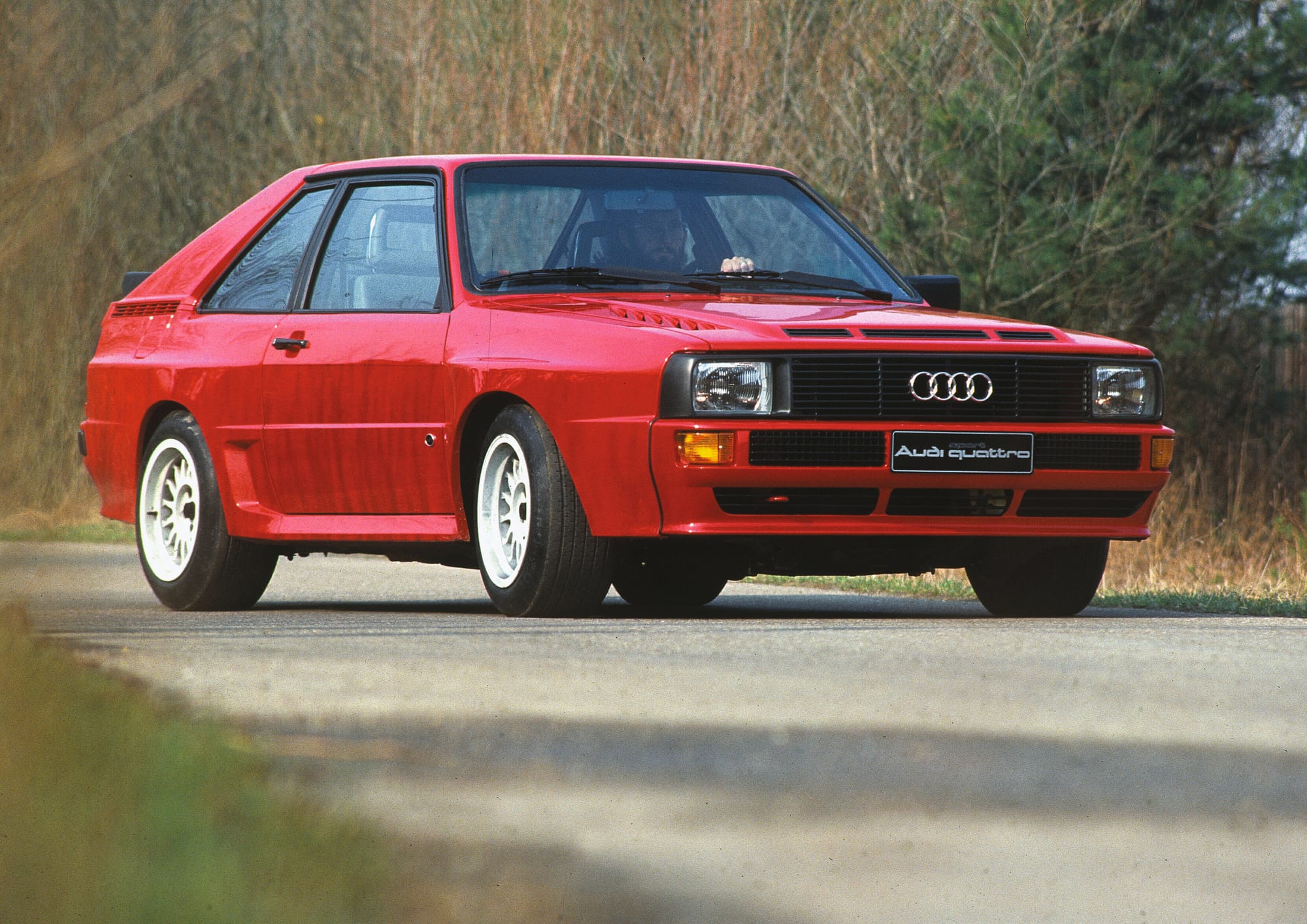
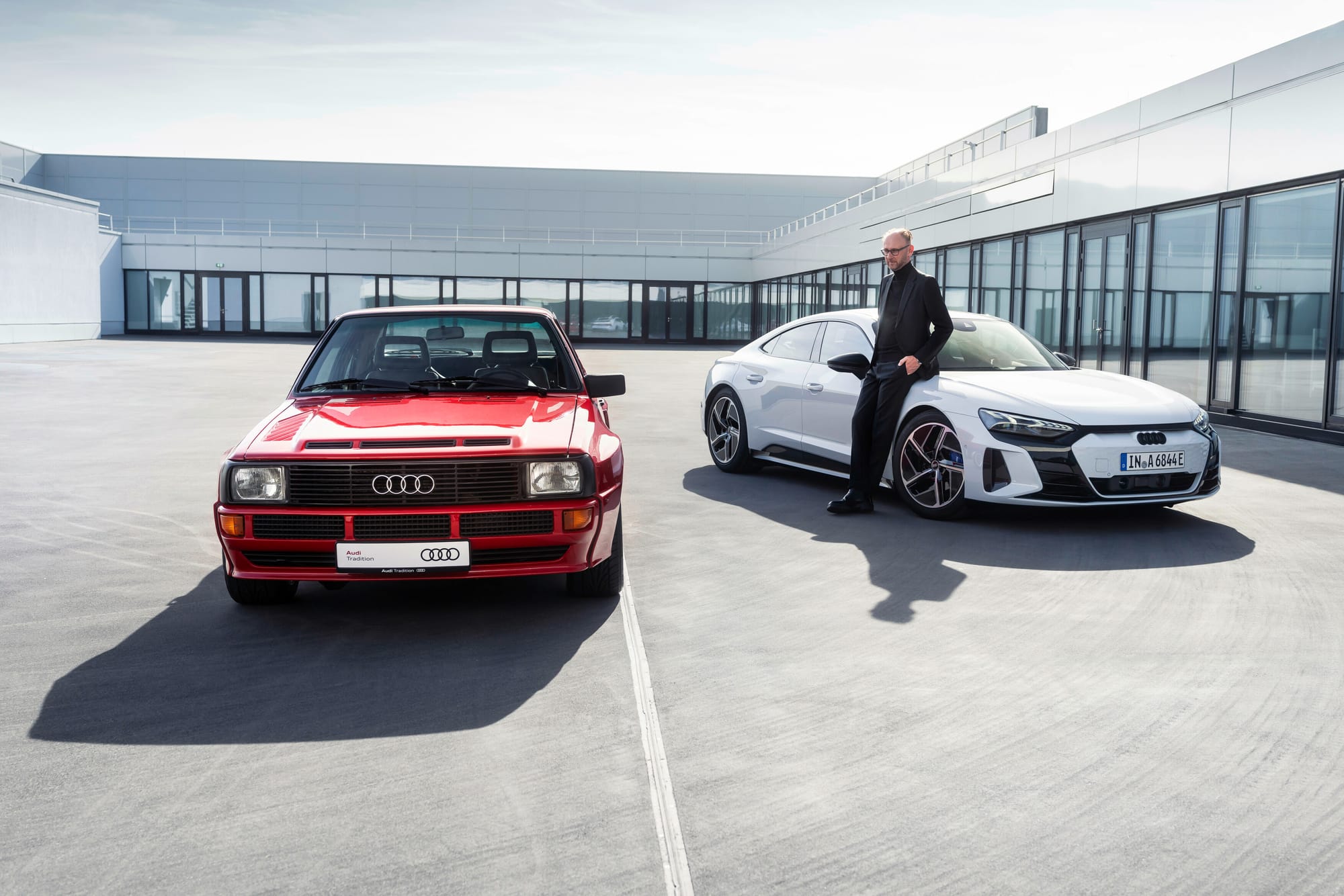
The homologation Quattro’s were produced from 1980 to 1991 and have become a cultural phenomenon. Back in the day, Quattro’s were posting faster 0-60 times than road going Porsche's & Ferrari's. They were a lot cheaper too. In 1981 you could pick up a Quattro for £14,500, which was £5000 less than its BMW and Jaguar rivals. The Quattro’s pedigree has permeated through to Audi’s modern cars, highlighting just how ground-breaking the Quattro was.
Subaru Impreza

The first generation Subaru Impreza, introduced in the early 90's, marked the beginning of an iconic lineage. Synonymous with Colin McRae and Richard Burns, the Impreza played a significant role in establishing Subaru as a serious contender in the world of rallying.
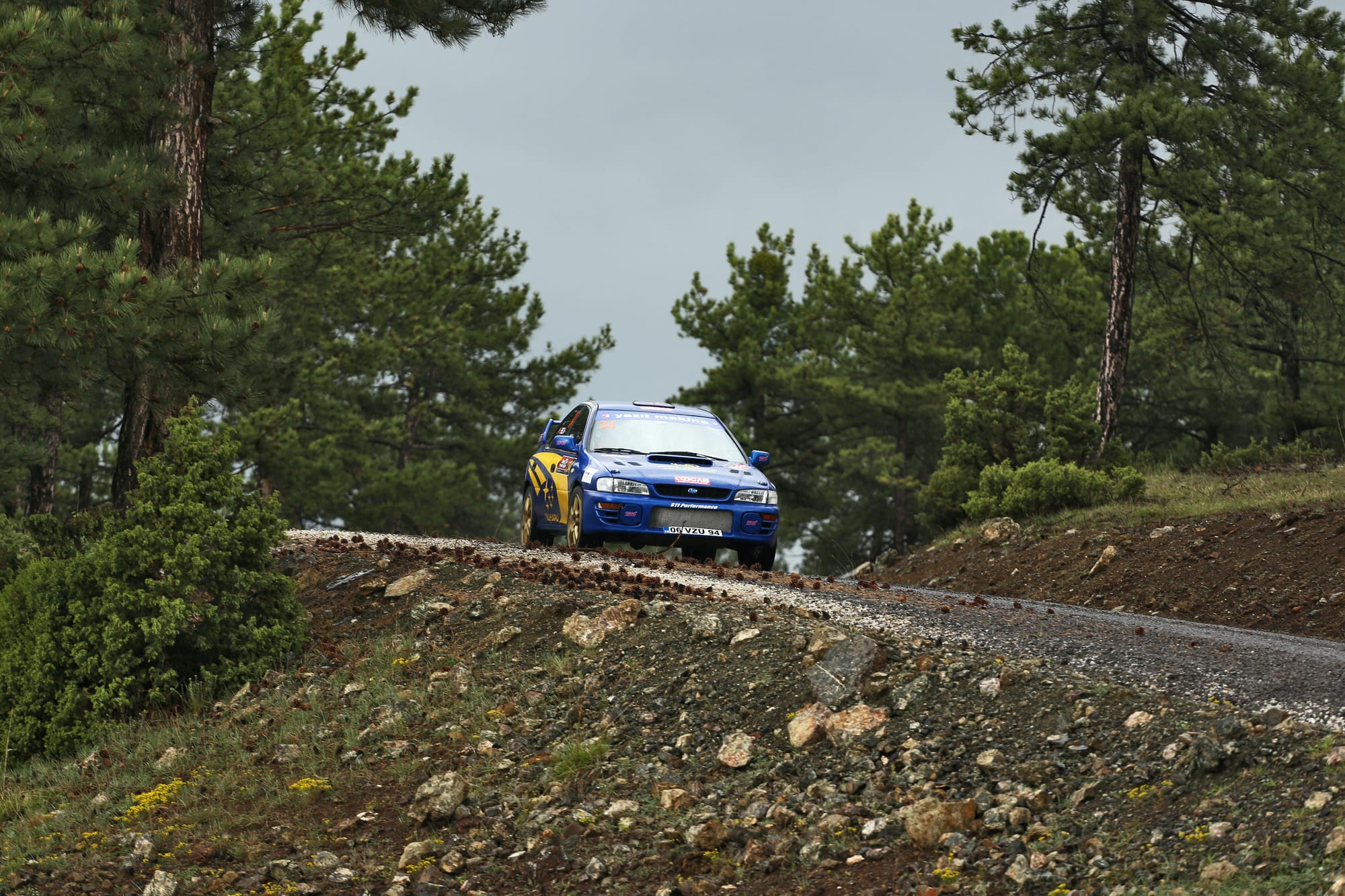

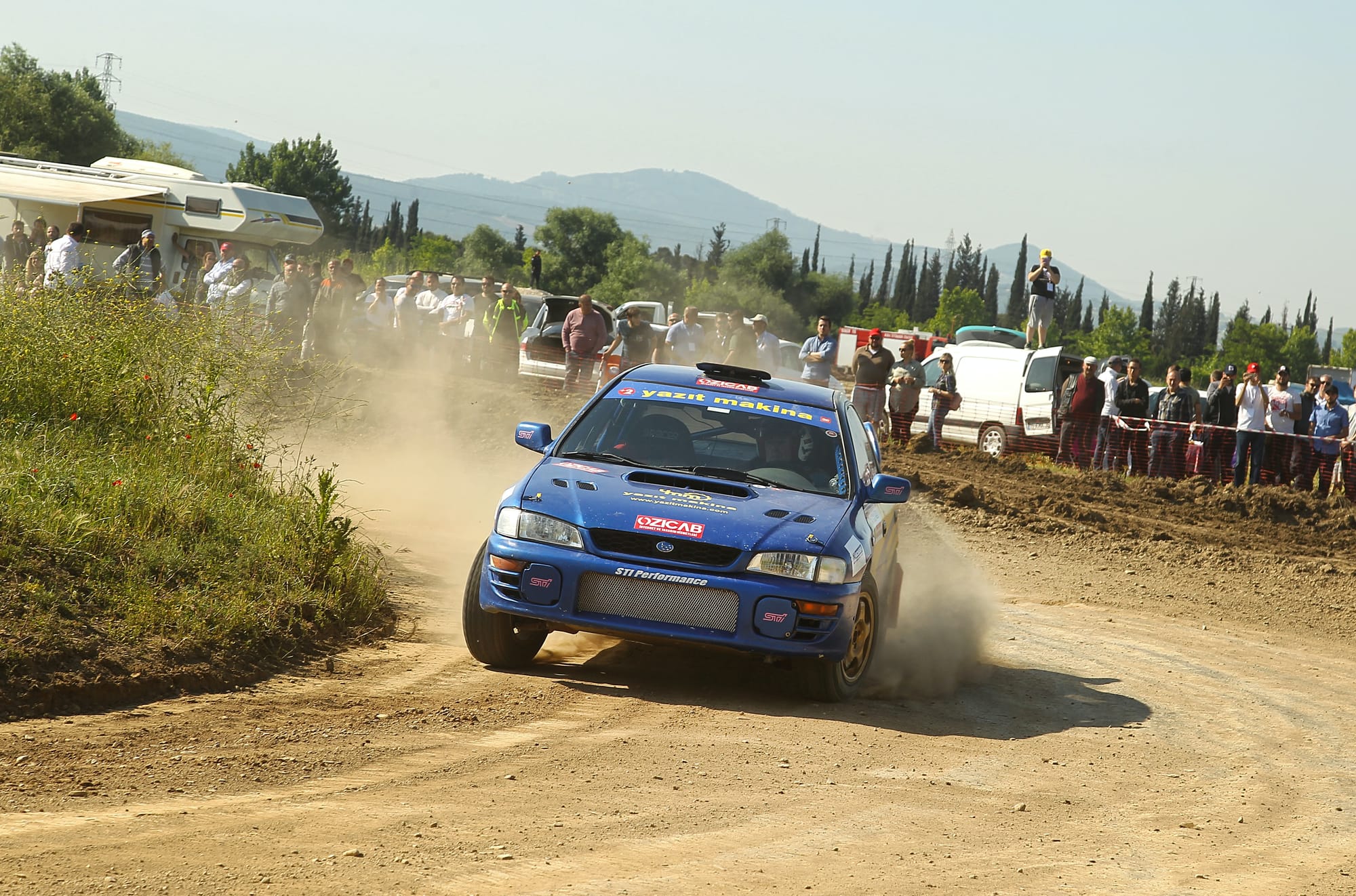
Credit: Ozicab Racing, Pexels
The Impreza's immense popularity has lead to many iterations, which means they’re still relatively easy to get into…the harder part is finding one that has been well looked after.

Ferrari 288 GTO
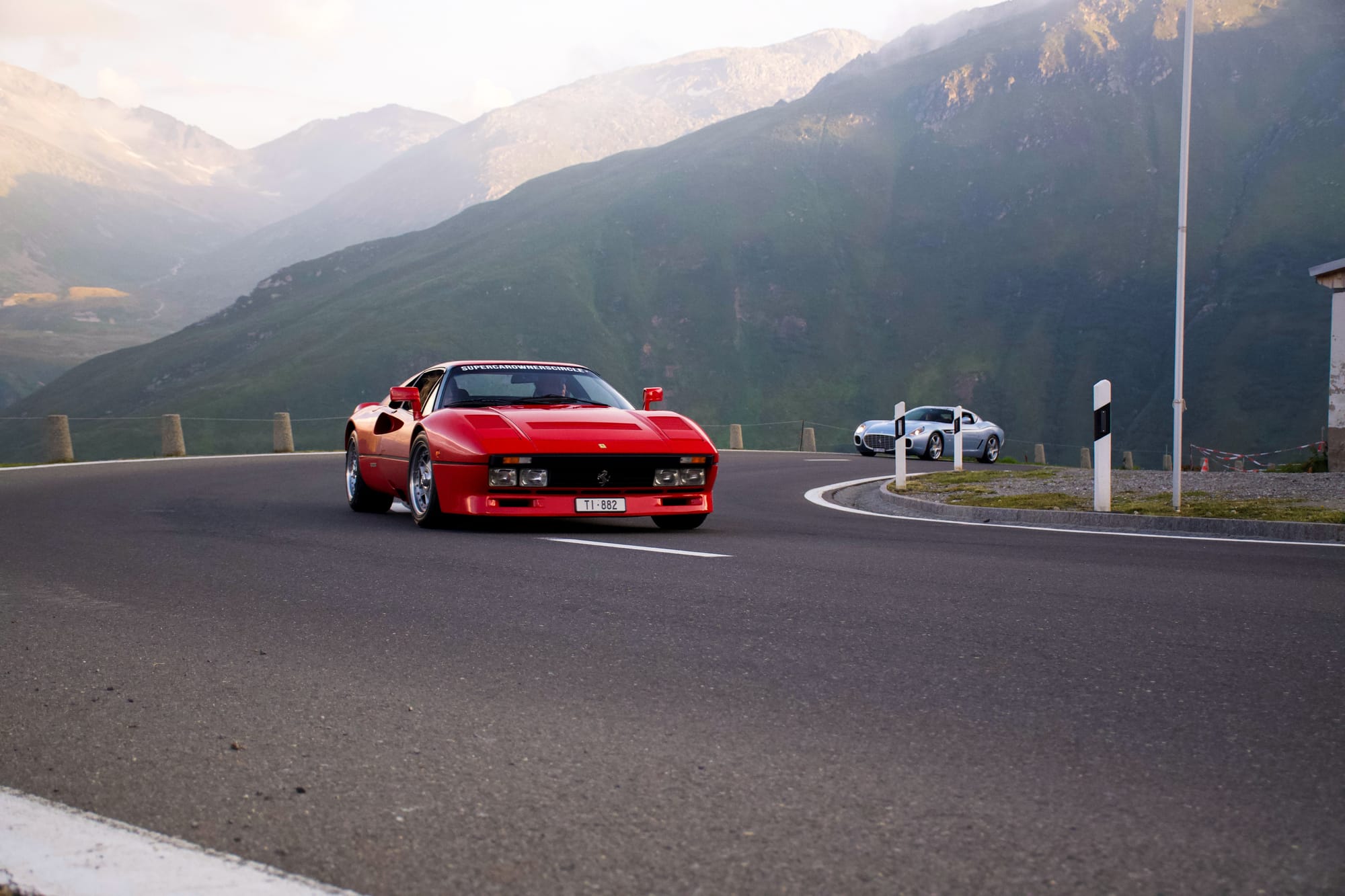
The 288 GTO was Ferrari’s offering to Group B circuit racing. Unfortunately, by the time Ferrari had finished the 200 homologation examples required for the road, the Group B circuit series failed to launch, and the 288 never got to compete.
The 288 marked the revival of the ‘GTO’ designation, and while it technically stands for Gran Turismo Omologato, anyone with the budget should infer ‘Get This One’.
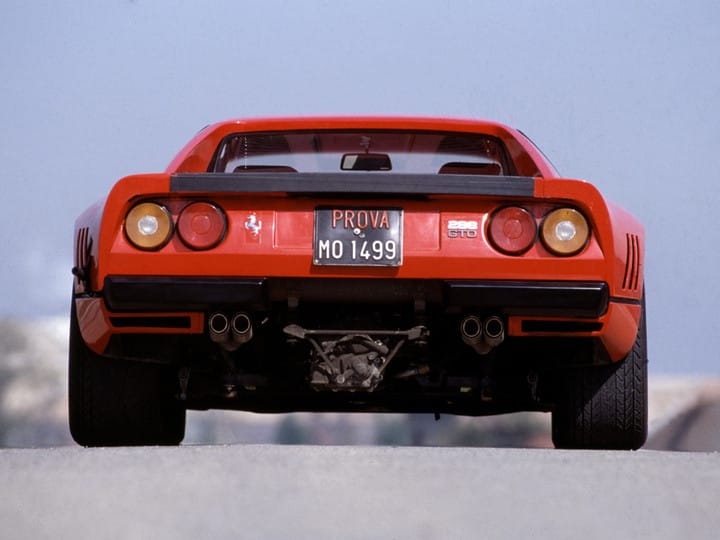
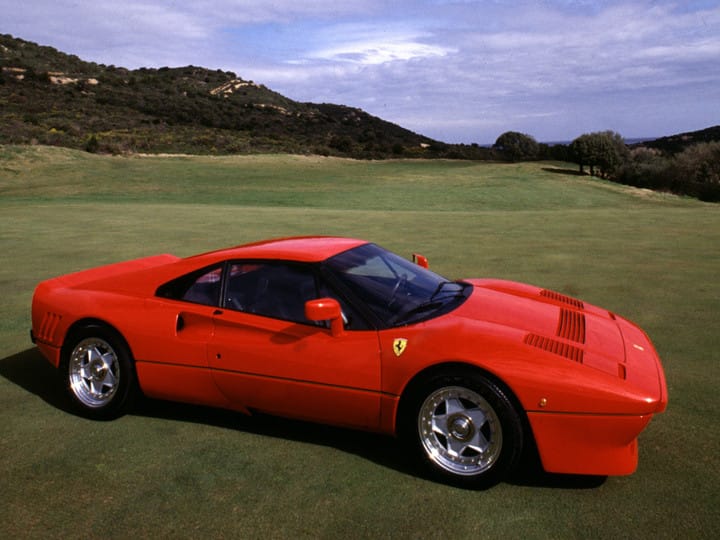

Credit: Ferrari Media Archive
Underneath its aggressive bodywork, styled by Pininfarina, lay a mid-mounted 2.9-liter twin-turbocharged V8 engine, generating around 400 horsepower. This potent powerplant, coupled with a lightweight chassis and advanced aerodynamics, enabled the 288 GTO to sprint from 0 to 60 mph in under 5 seconds and achieve a top speed of around 190 mph – staggering figures for its time.
Sadly, only 272 288 GTO’s were built, making it four times rarer than an F40.
Alfa Romeo 33 Stradale

Franco Scaglione must have been fuelled by the essence of Italian romance when he penned the 33 Stradale. No doubt, when he arrived at the pearly white gates, he was embraced with open arms by Da Vinci, Botticelli and Michelangelo.
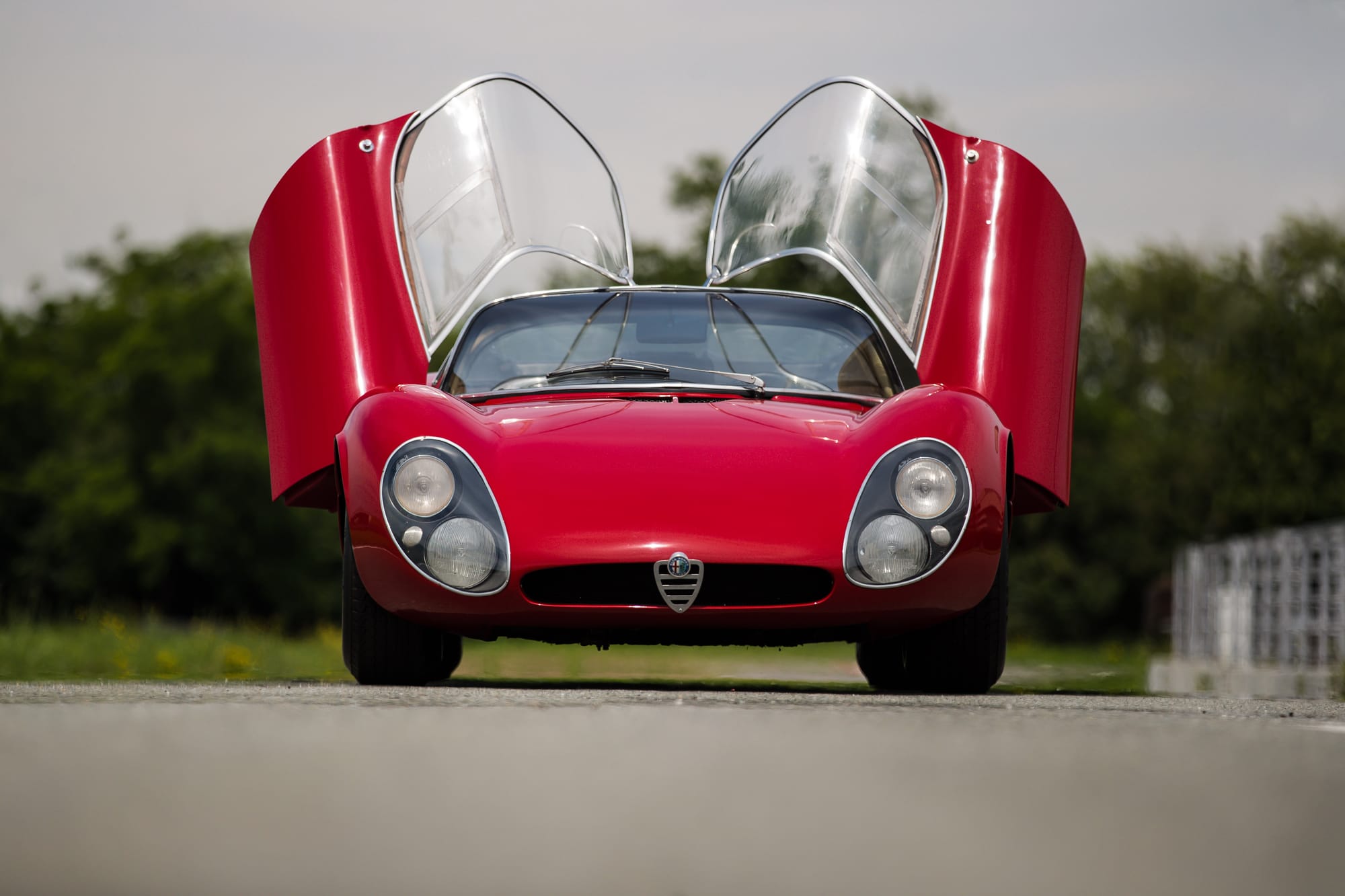
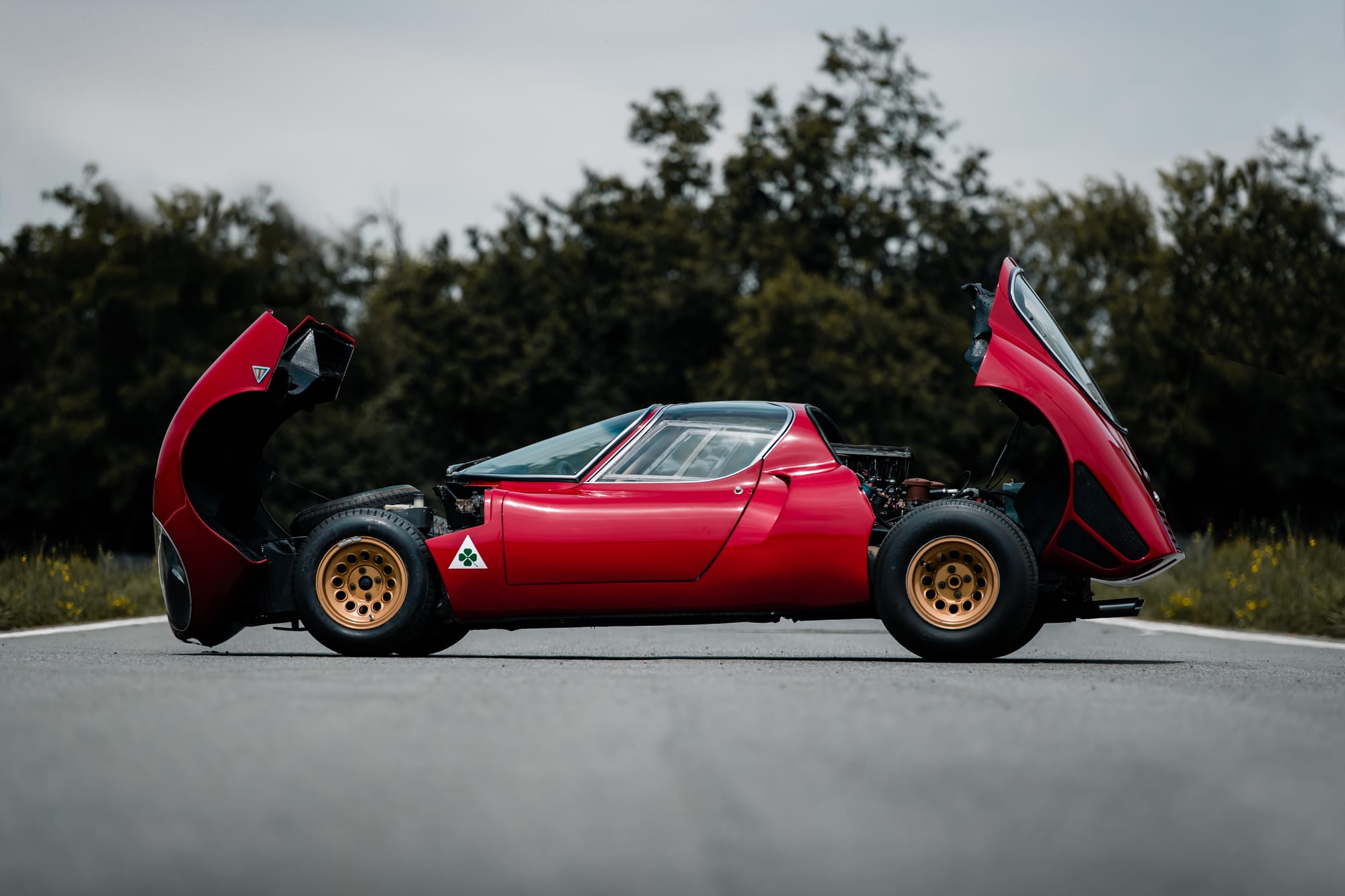
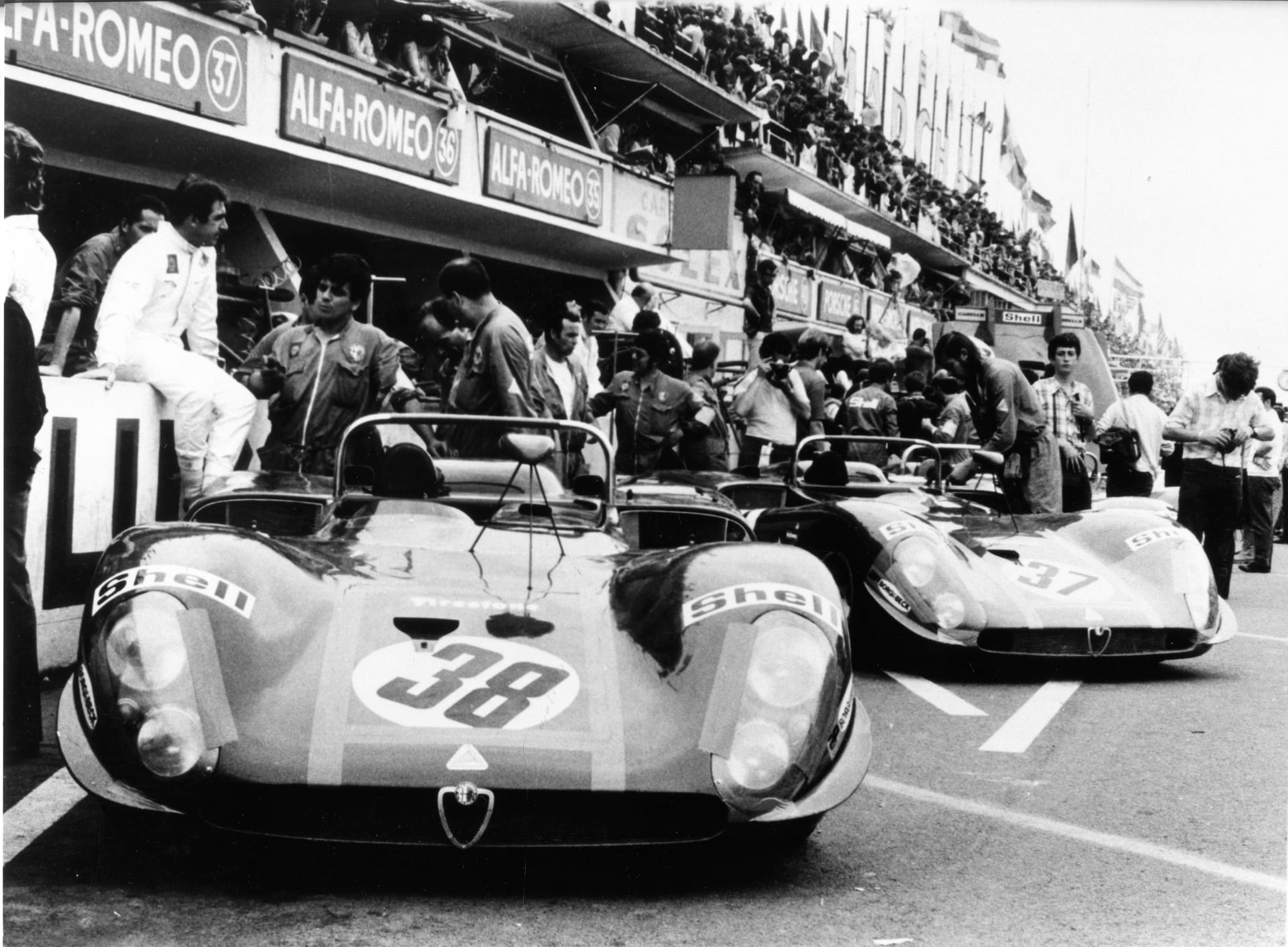
Derived from the Alfa Romeo Tipo 33 race car, the Stradale (‘road-going’) version, was an exercise in race car technology for the road. Between 1967 - 1969, only 18 were ever built, and at the time, it was the fastest commercially available car for the standing kilometre, and also the most expensive, at $17,000.
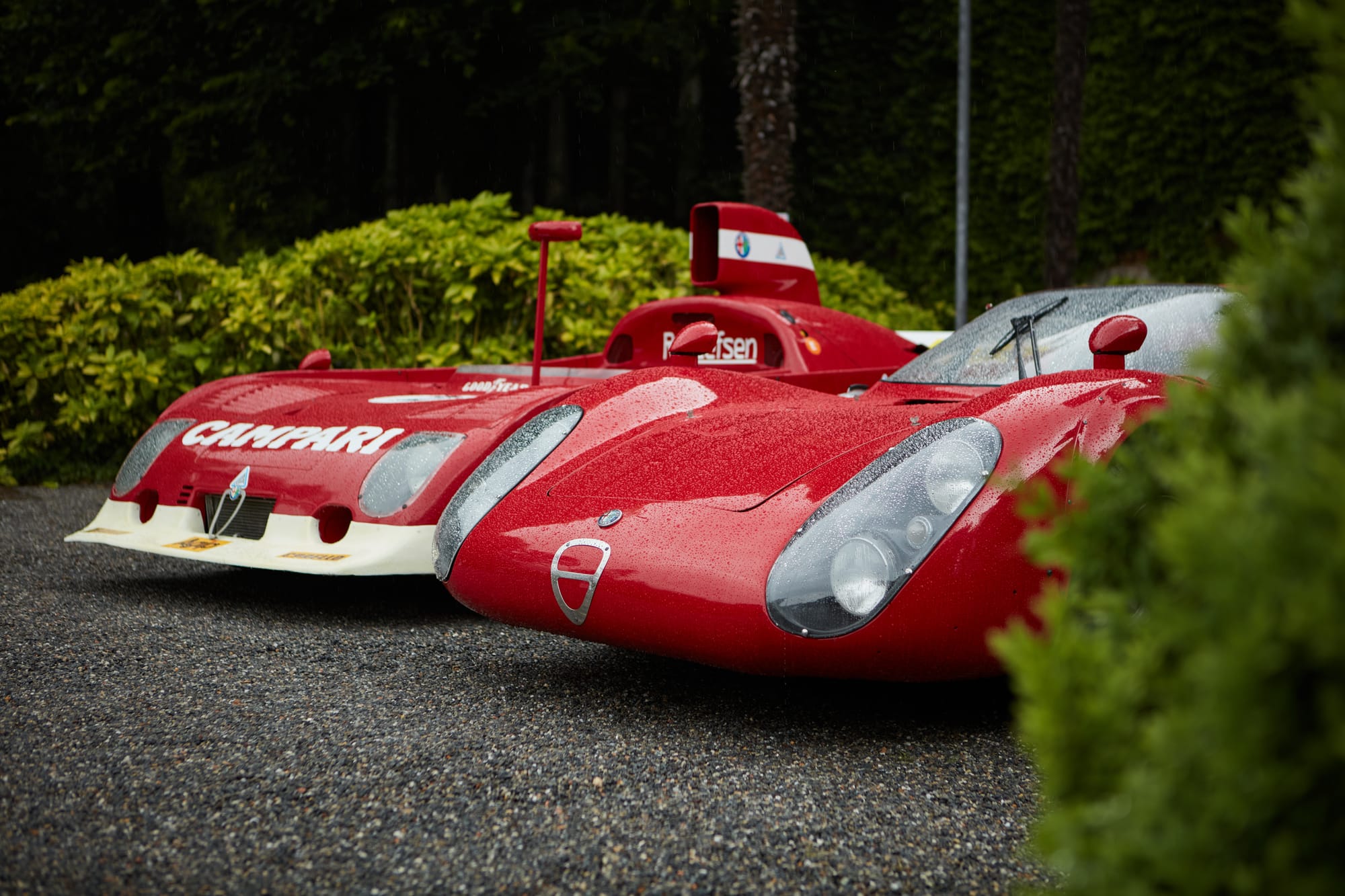

Source: Stellantis, Alfa Romeo
It featured a glorious 2.0-liter V8 with a 10,000 RPM redline that sings like Pavarotti, and driving one is like taking a sip from the Holy Grail of Italian automotive history.
Want more? Check out our article on The Ultimate Sleeper Cars

